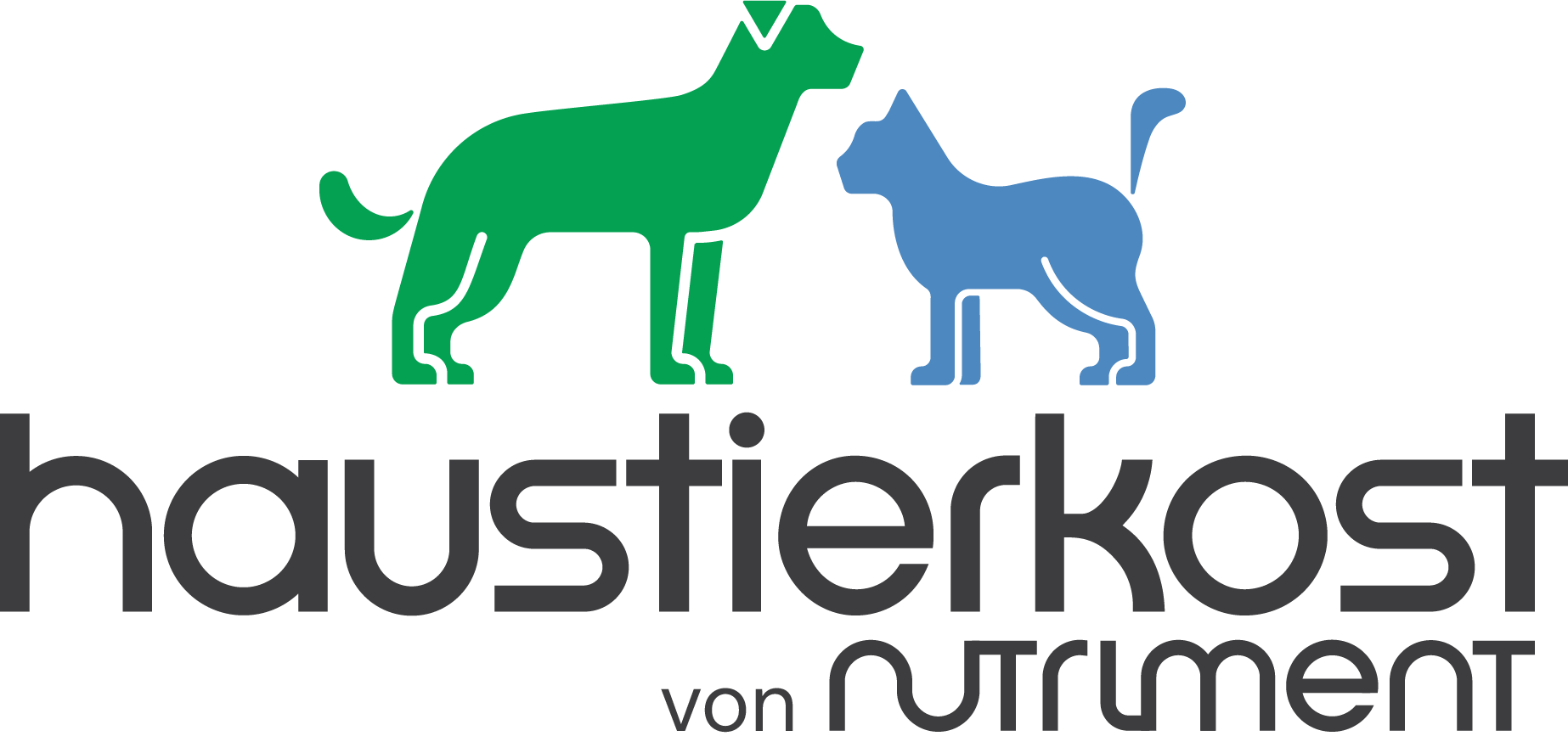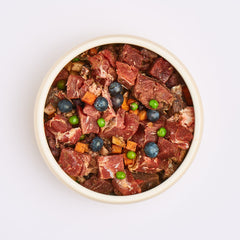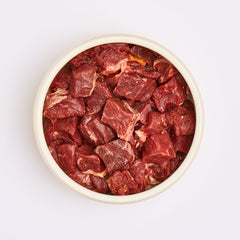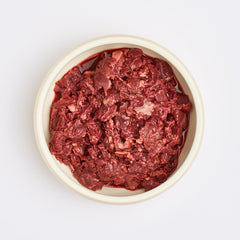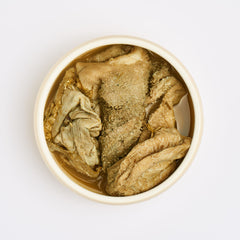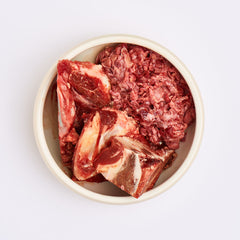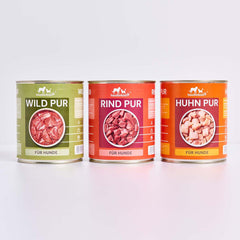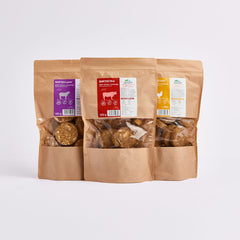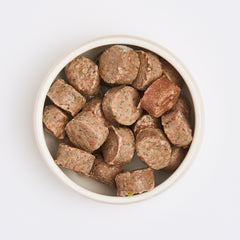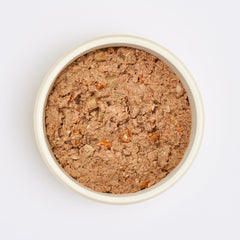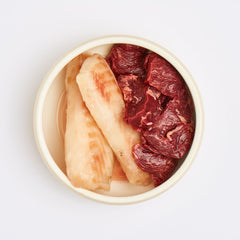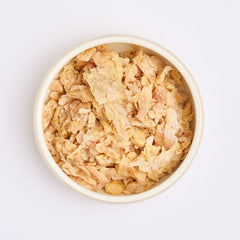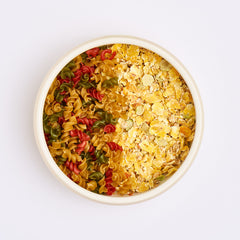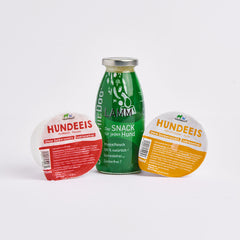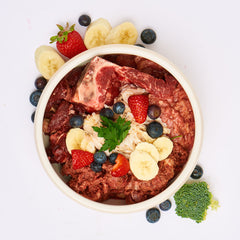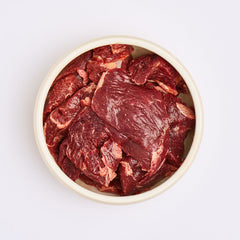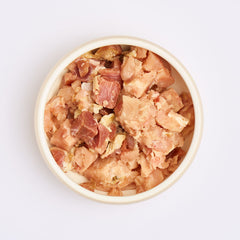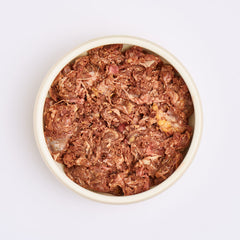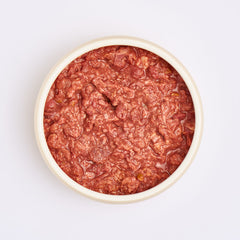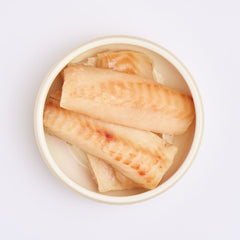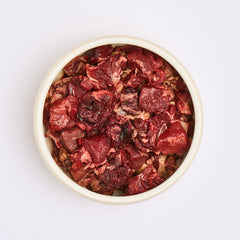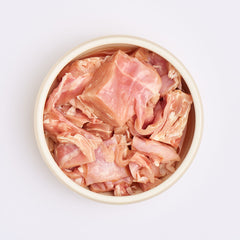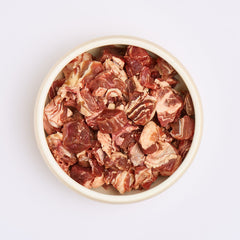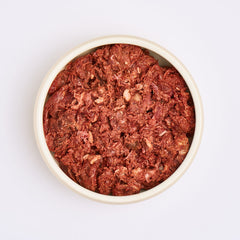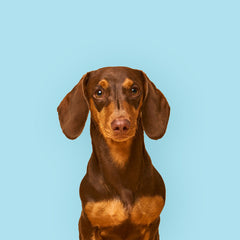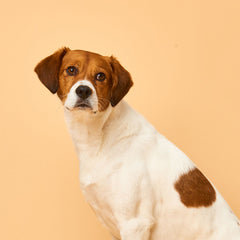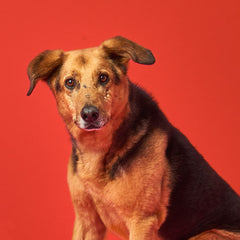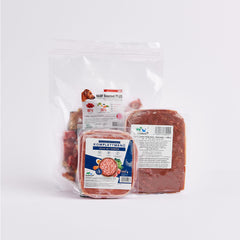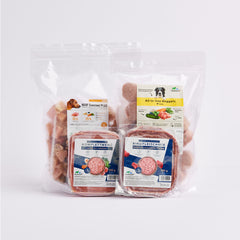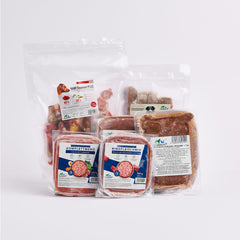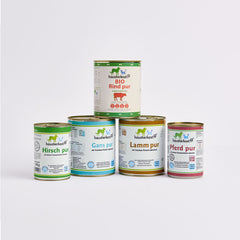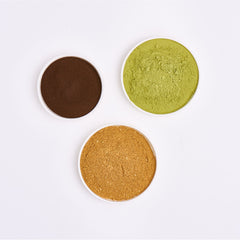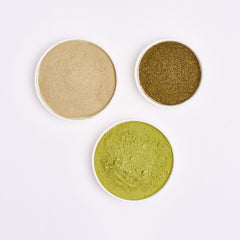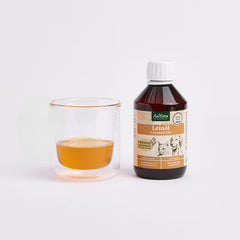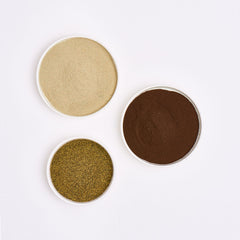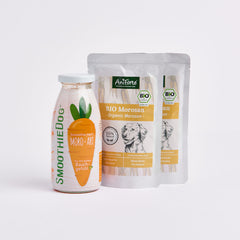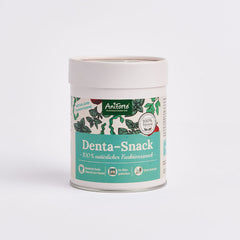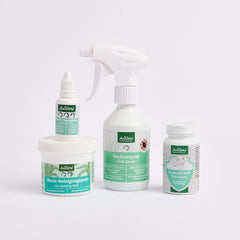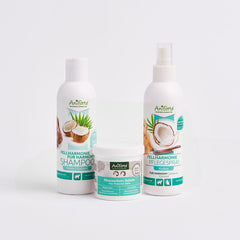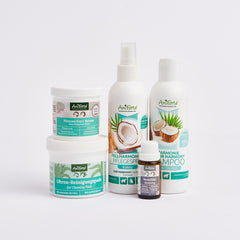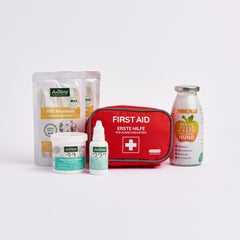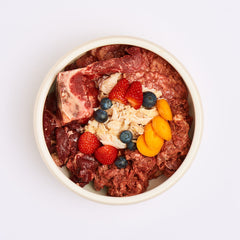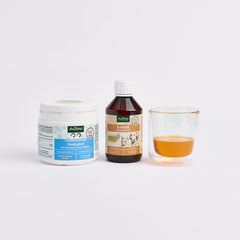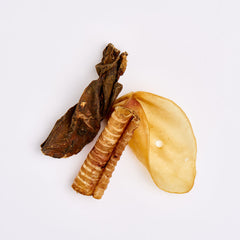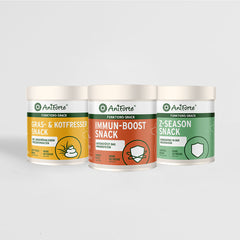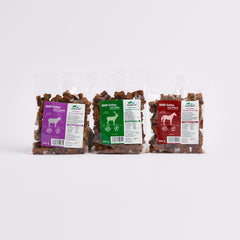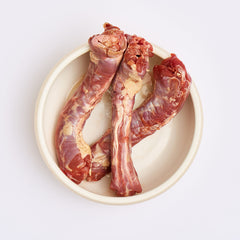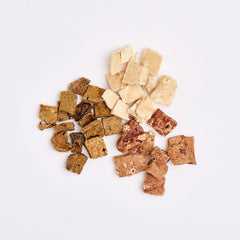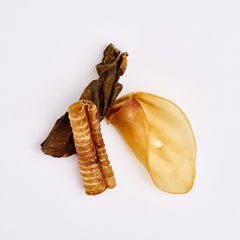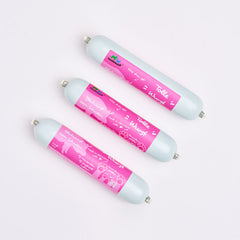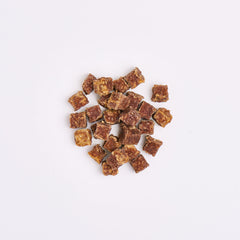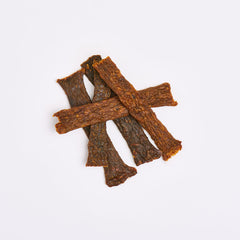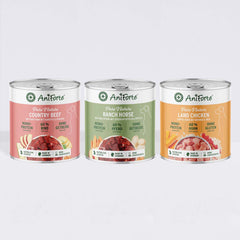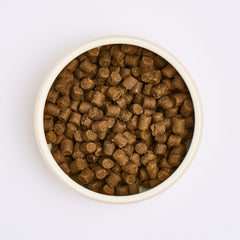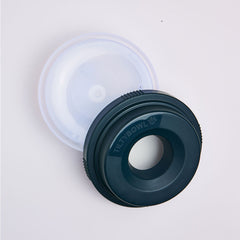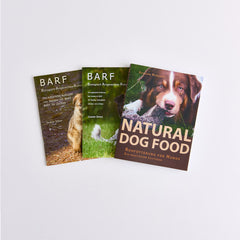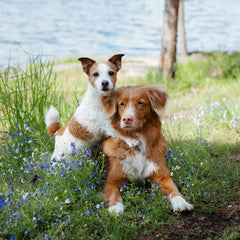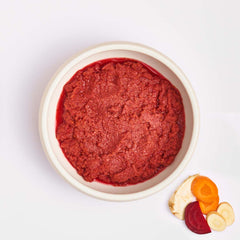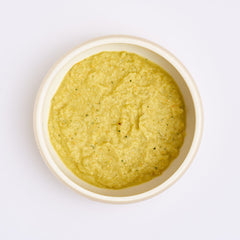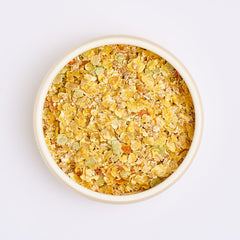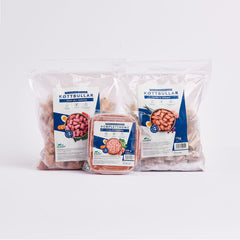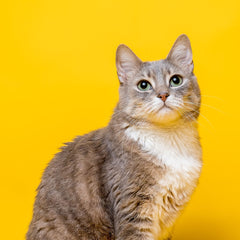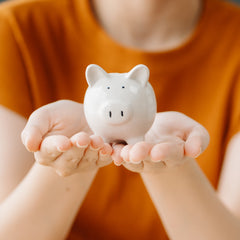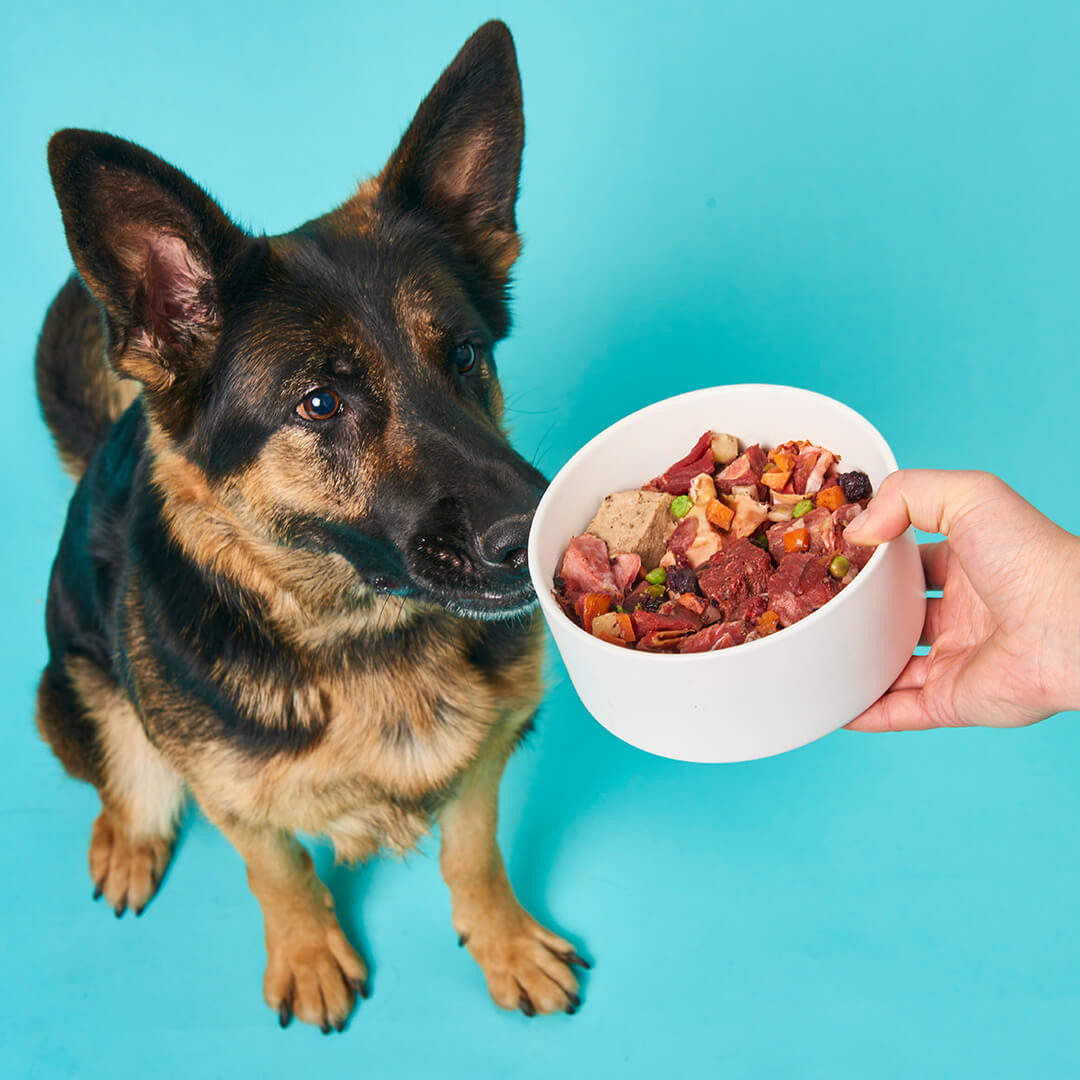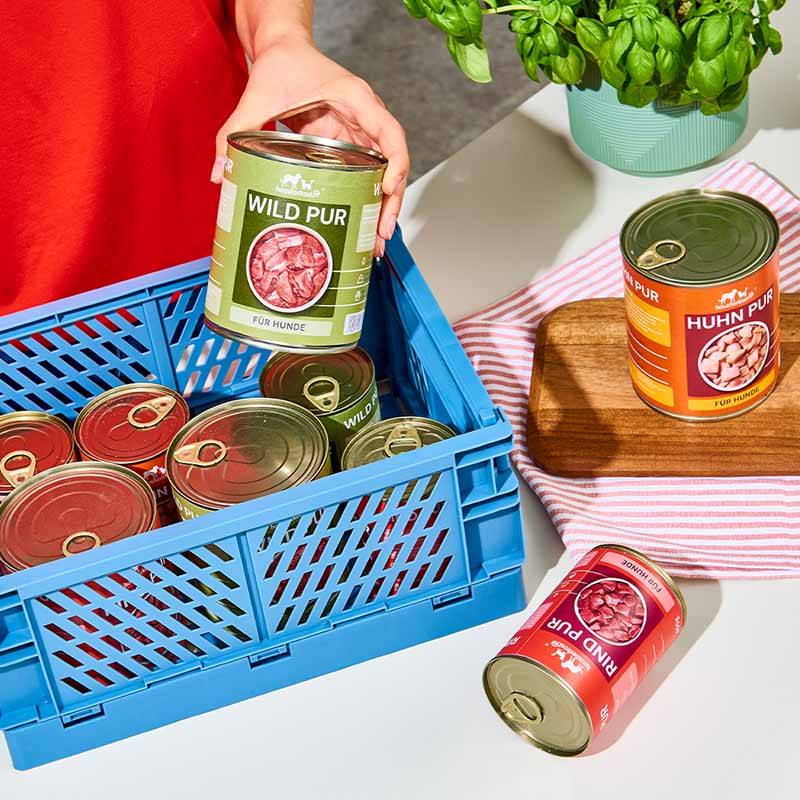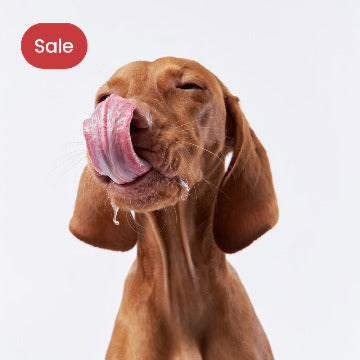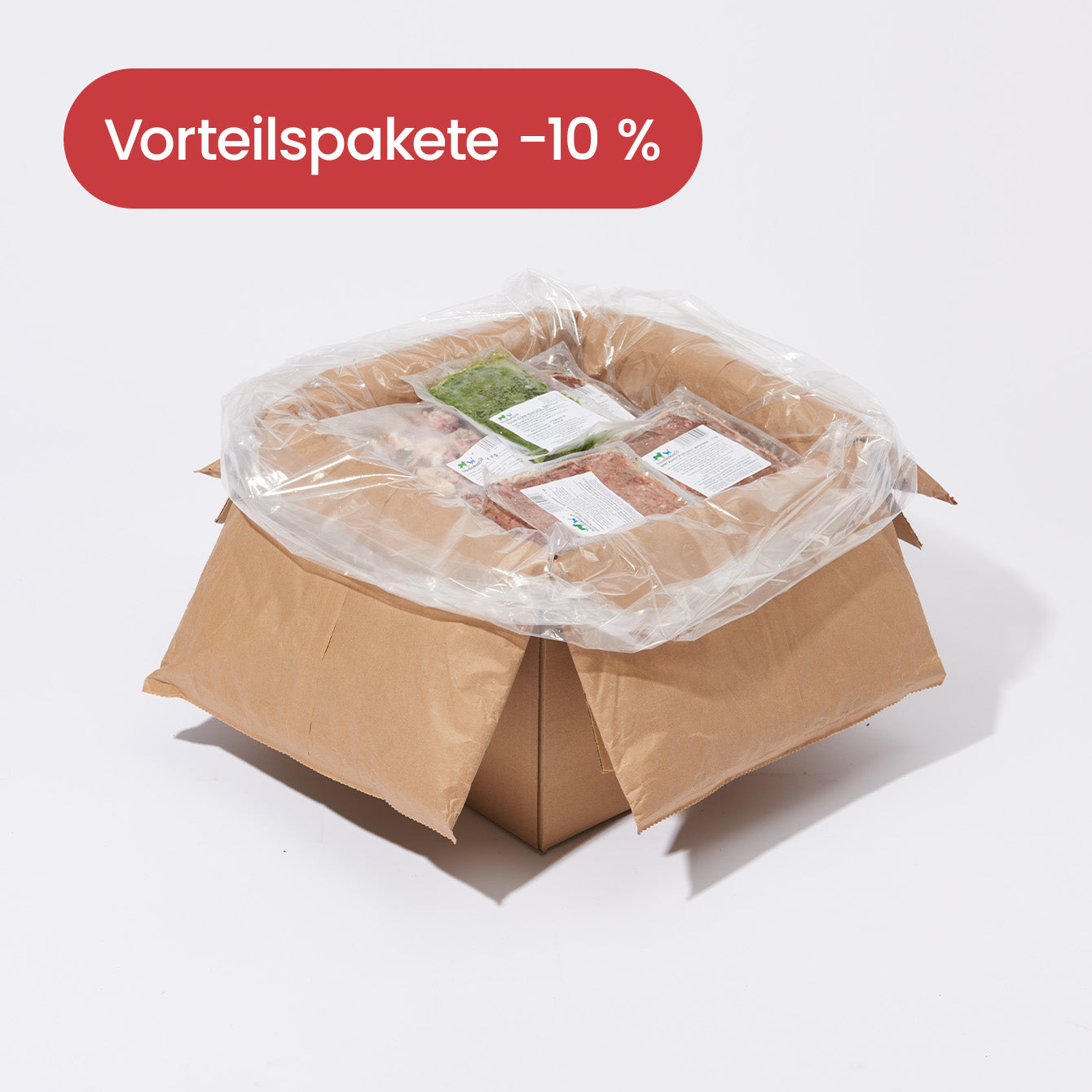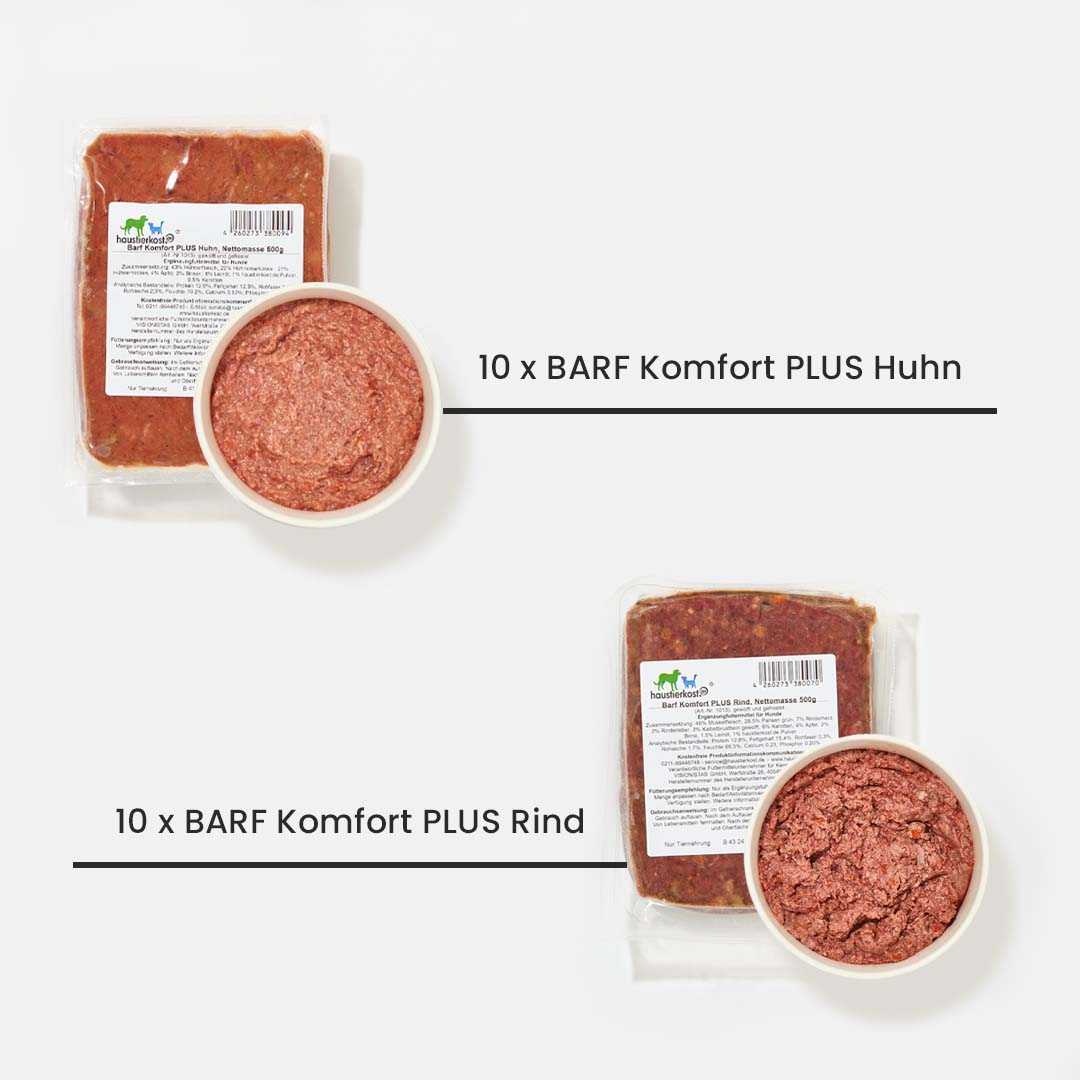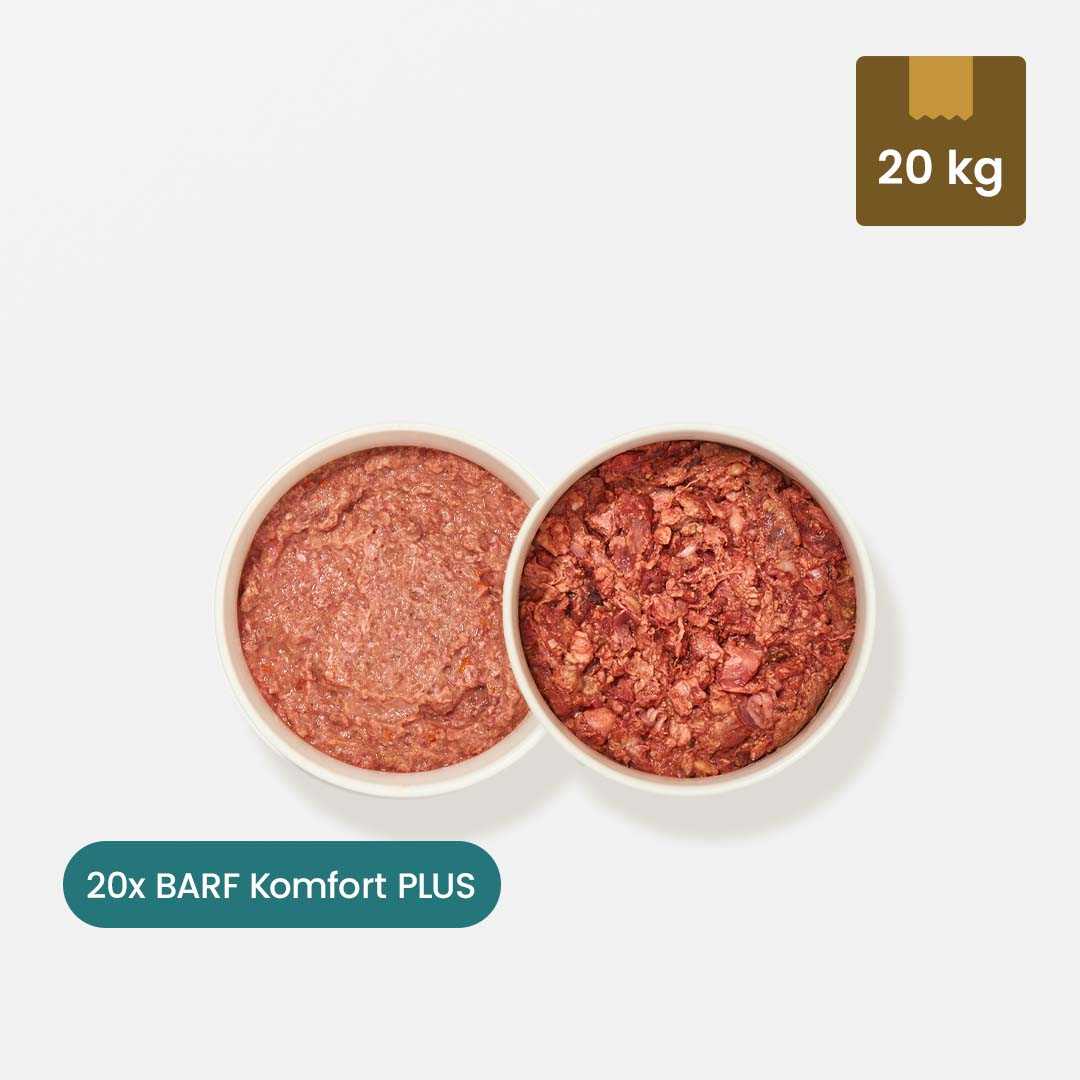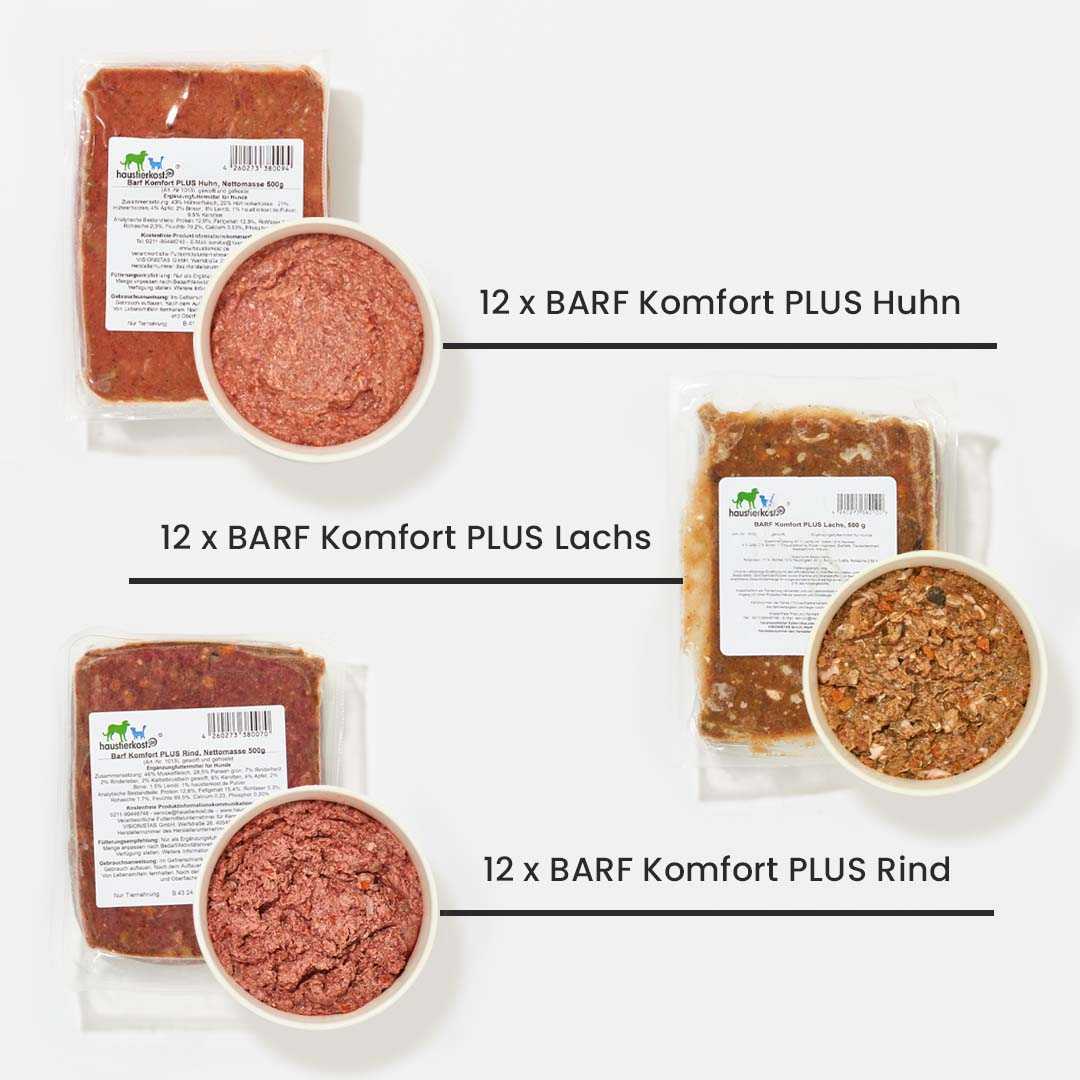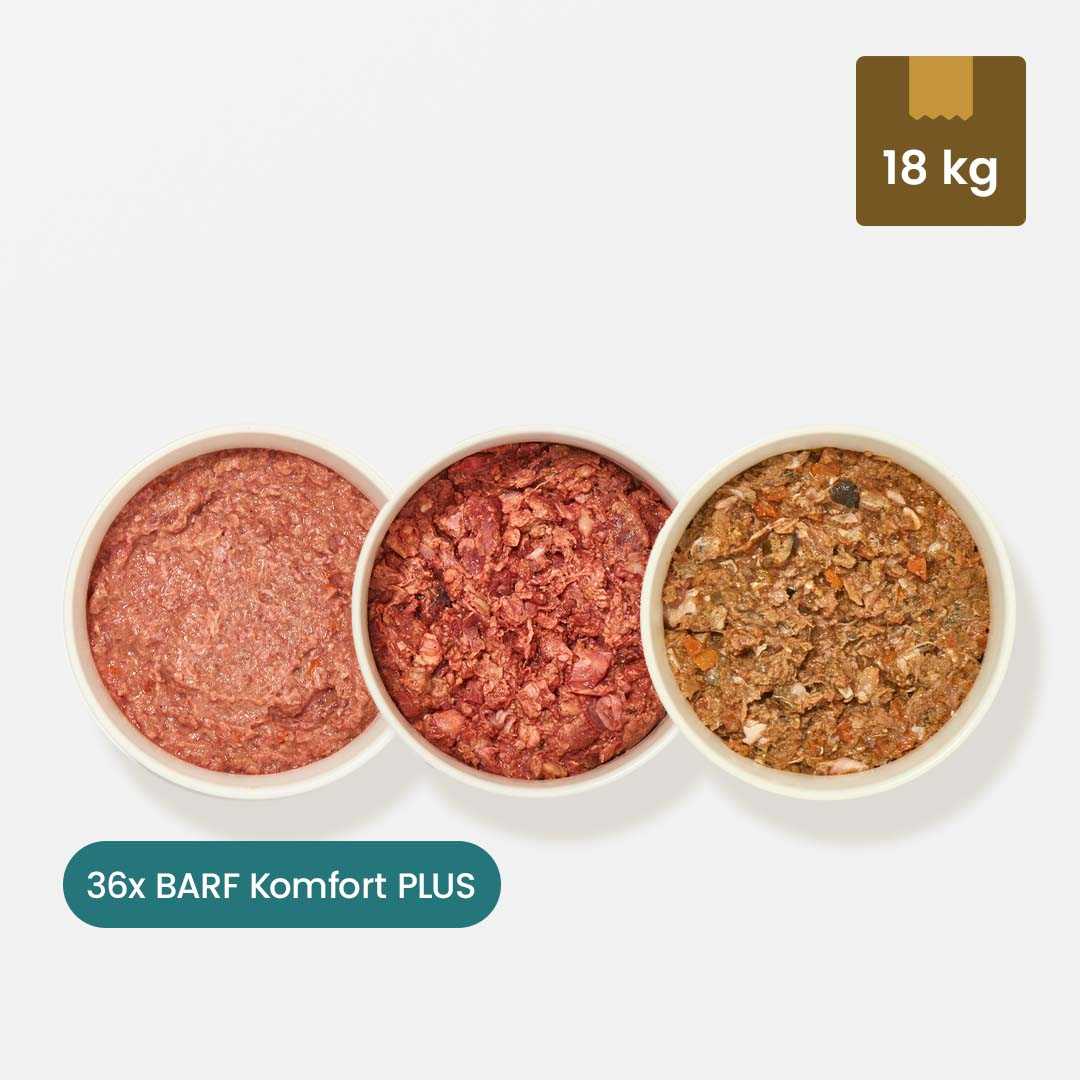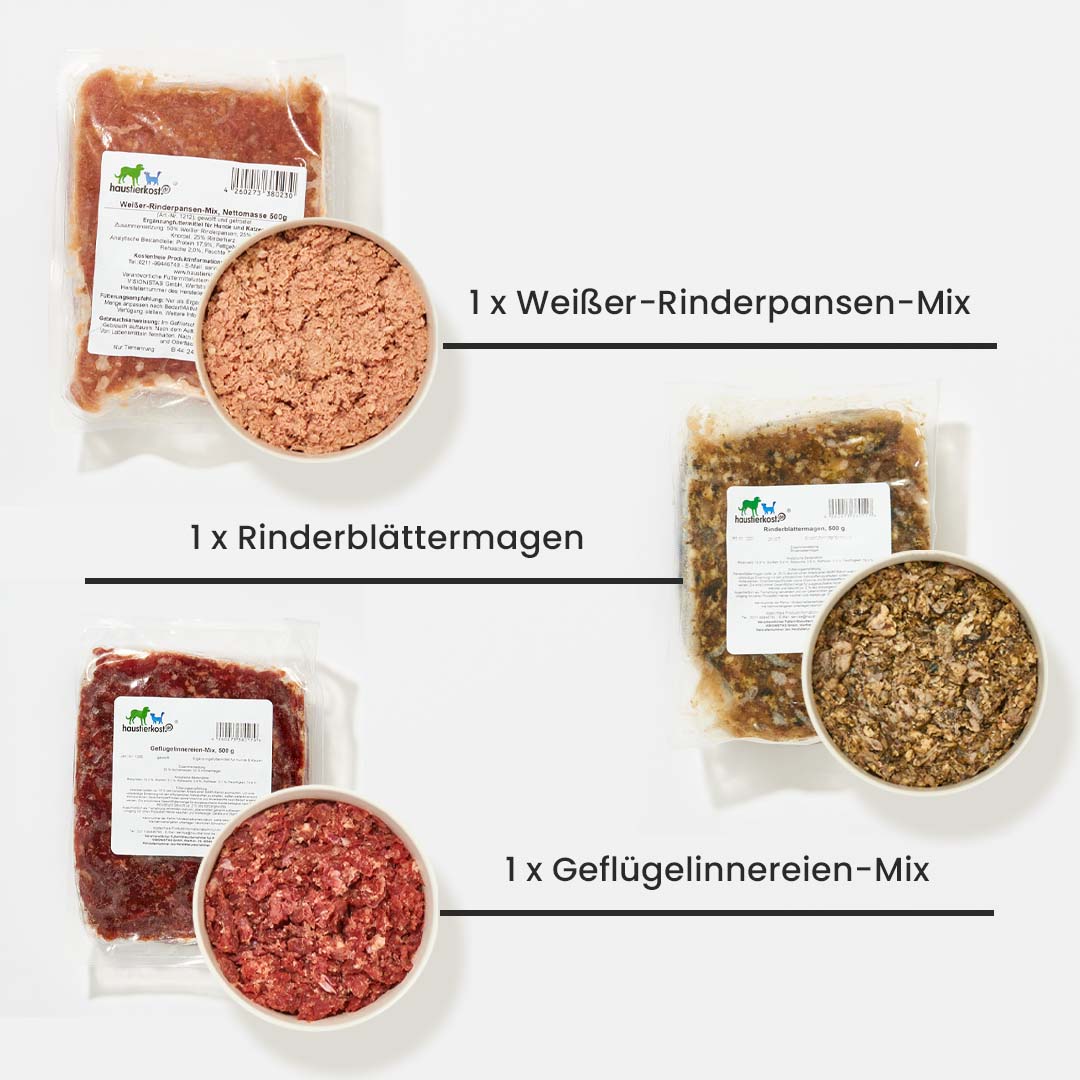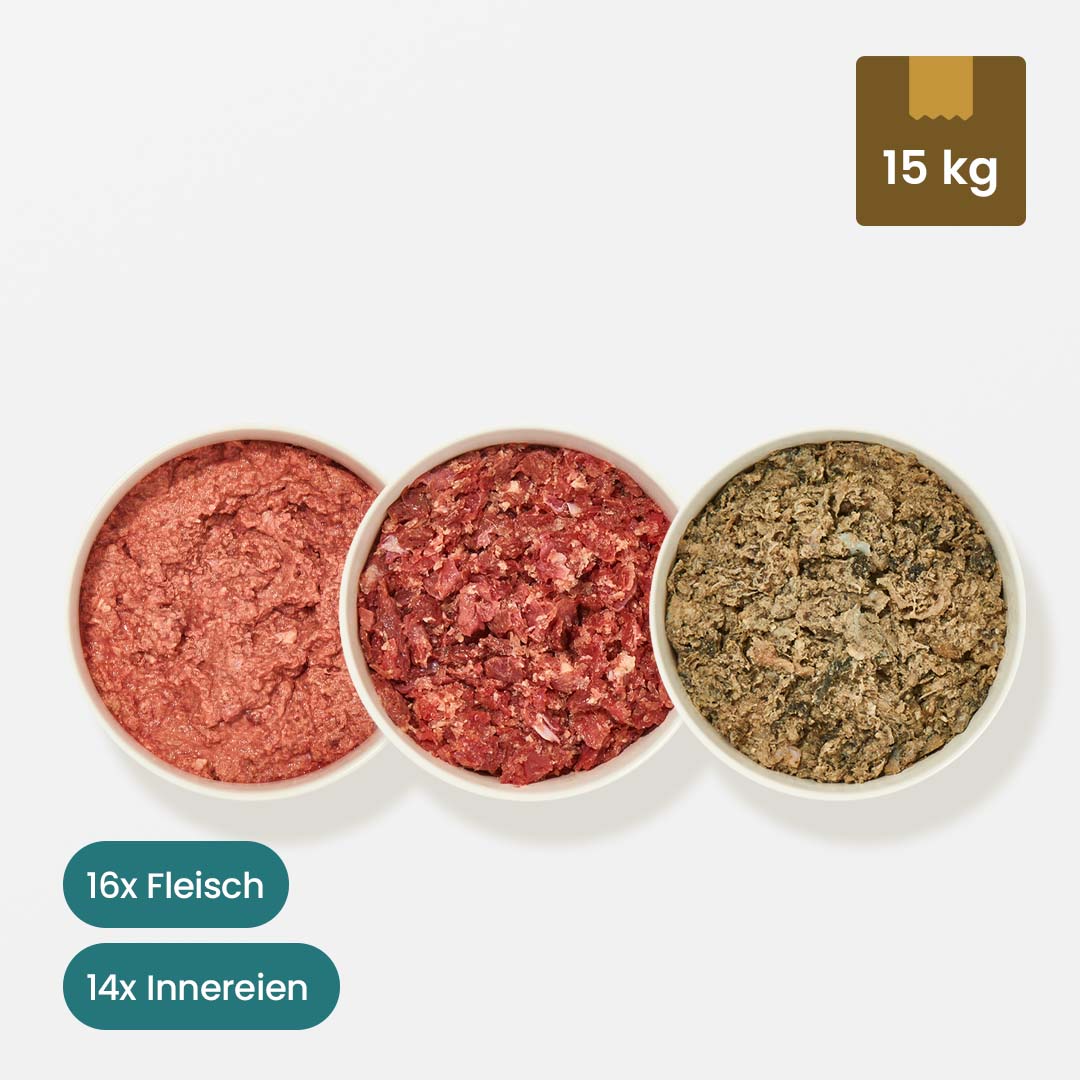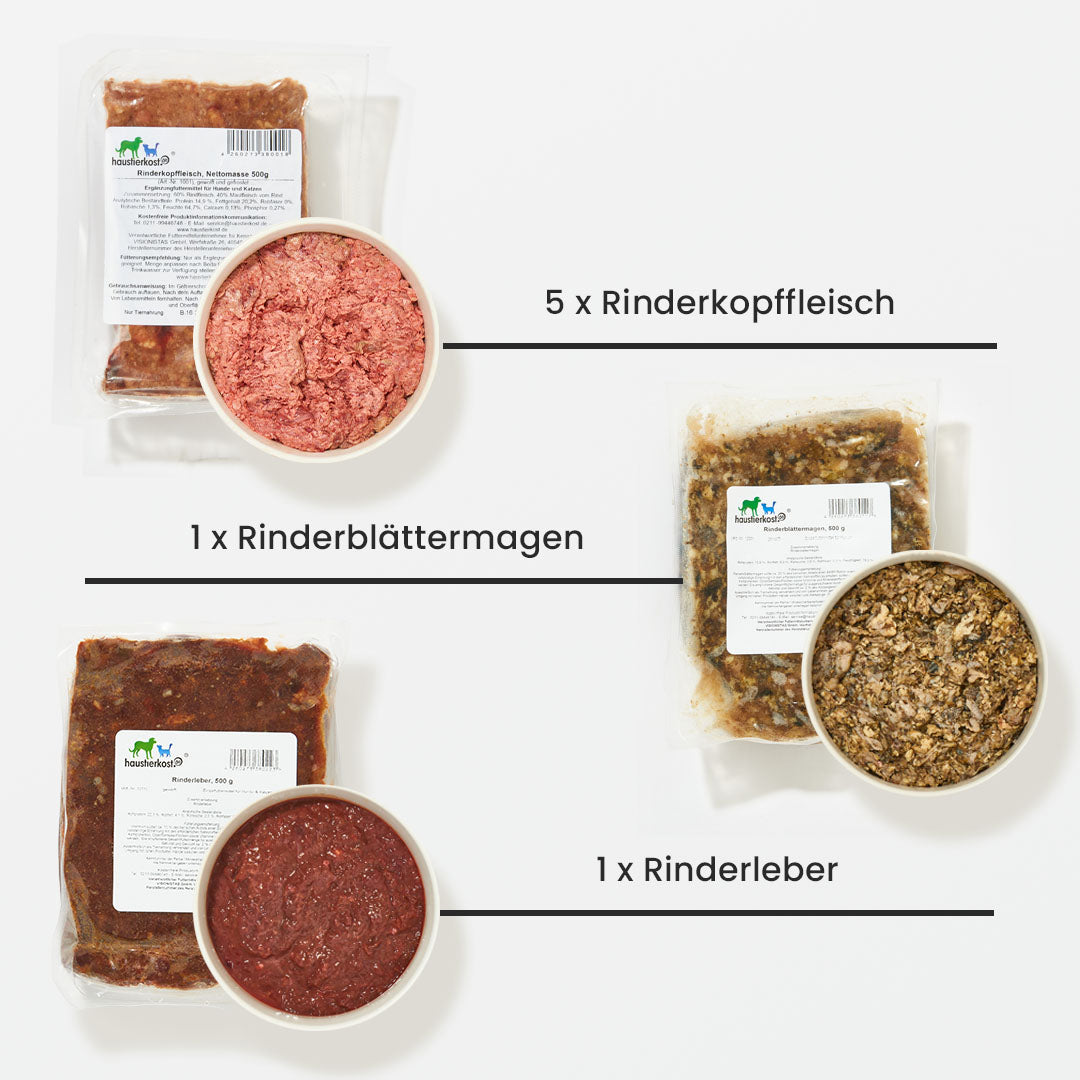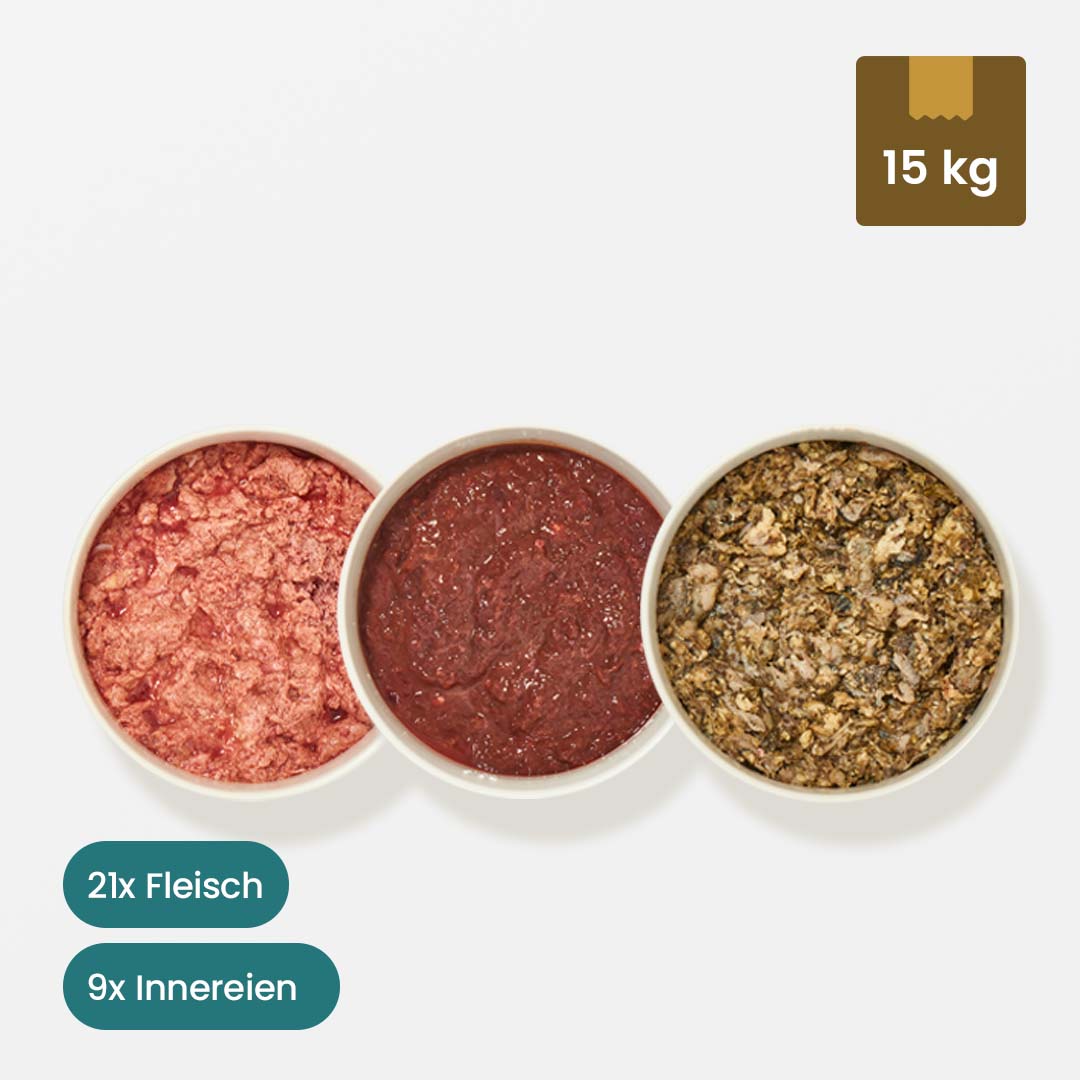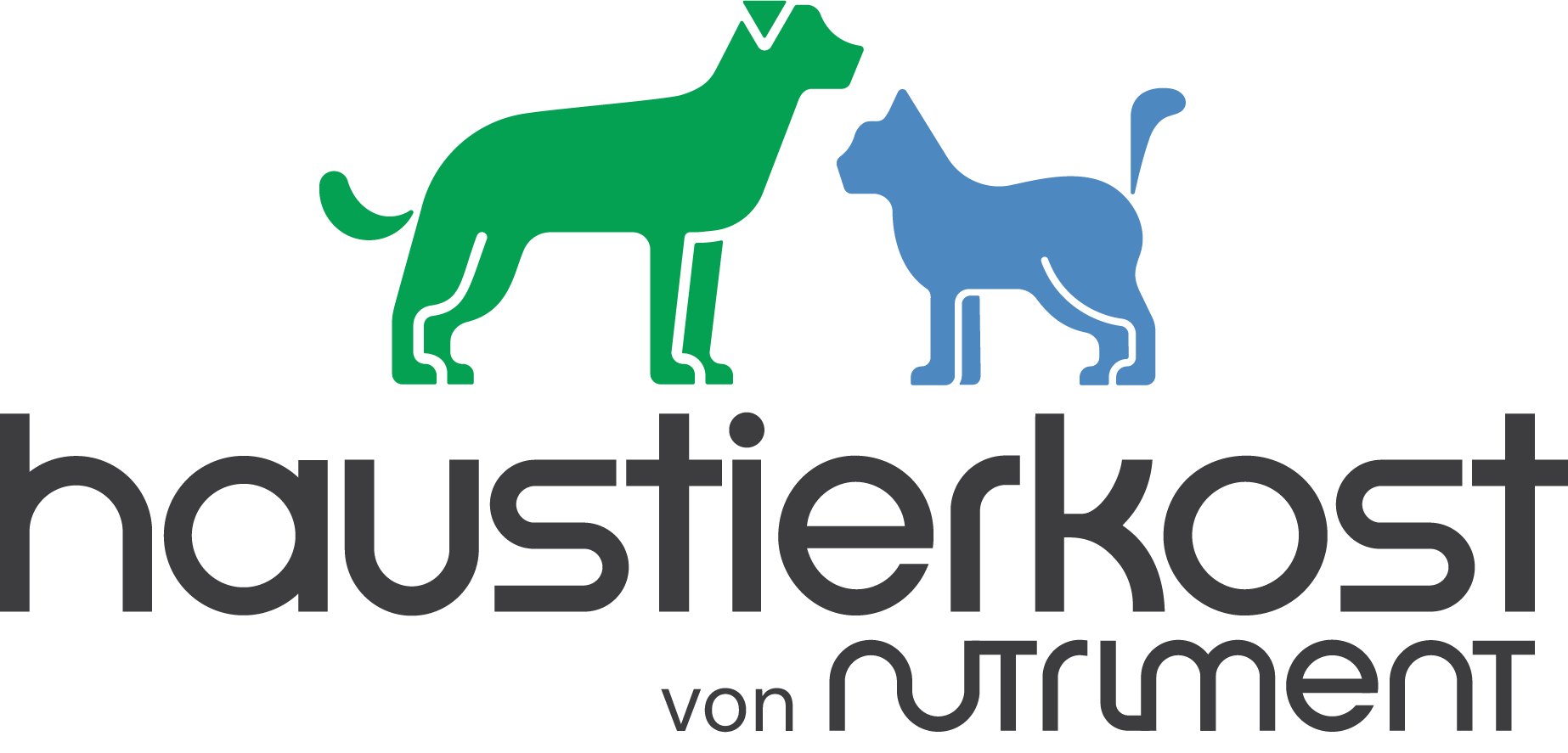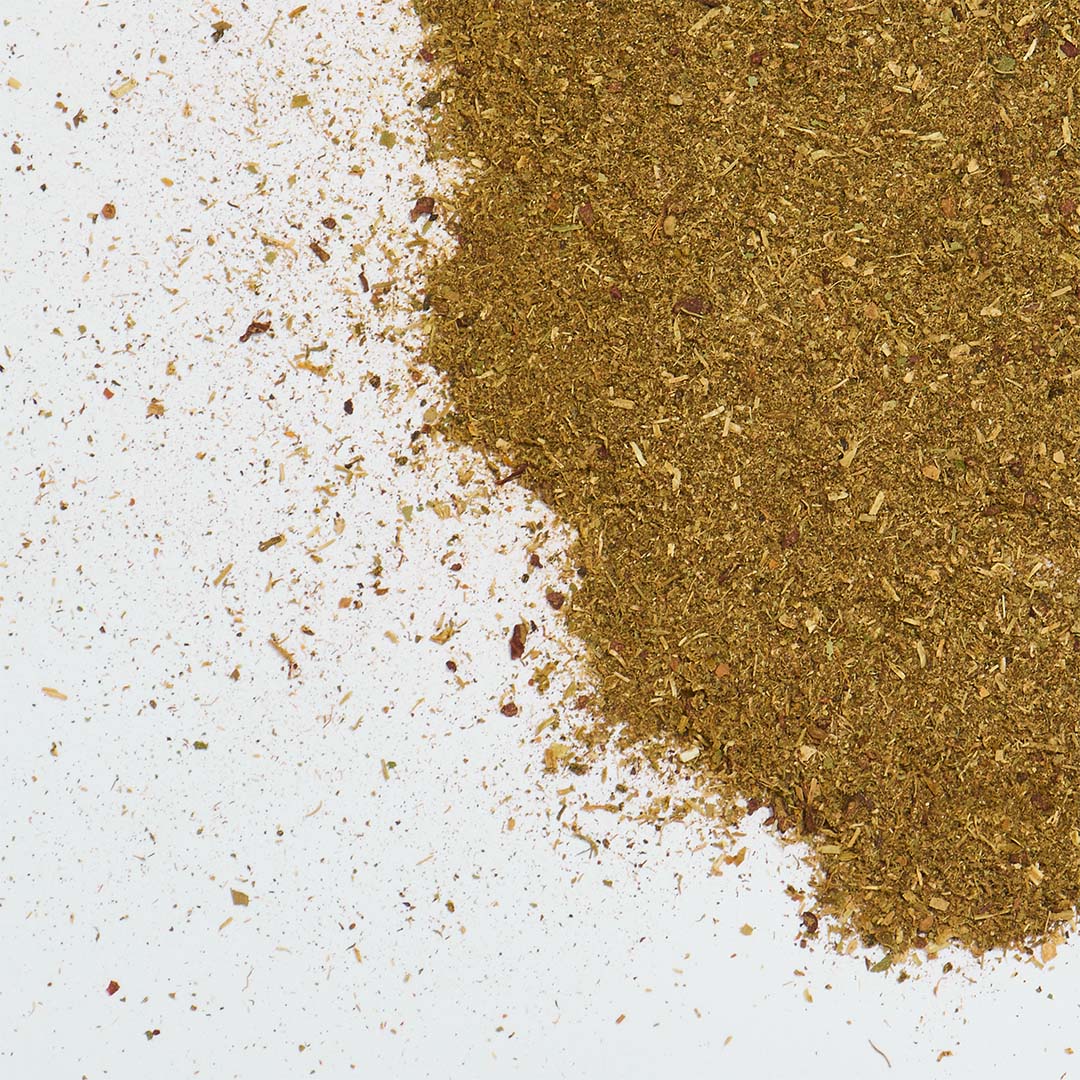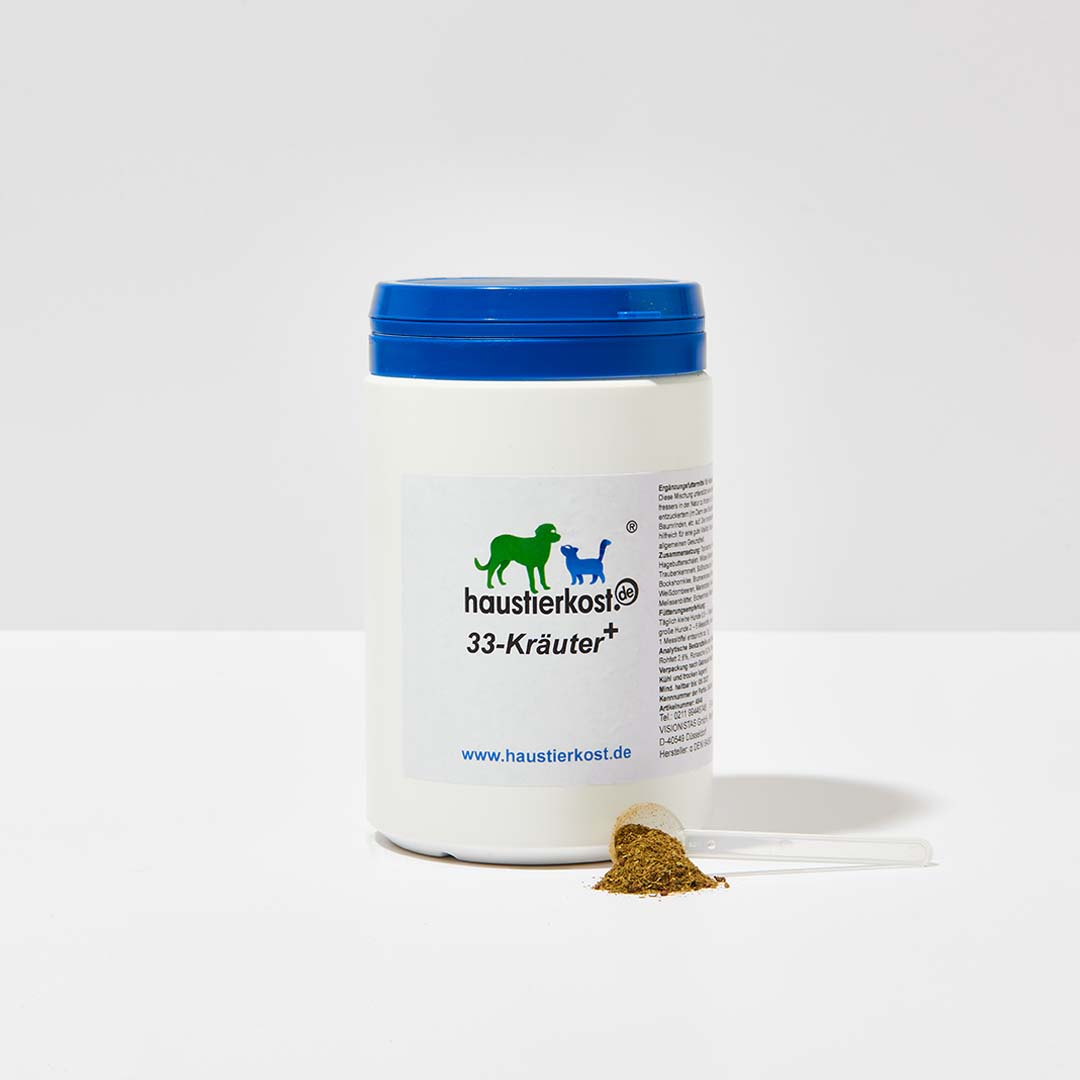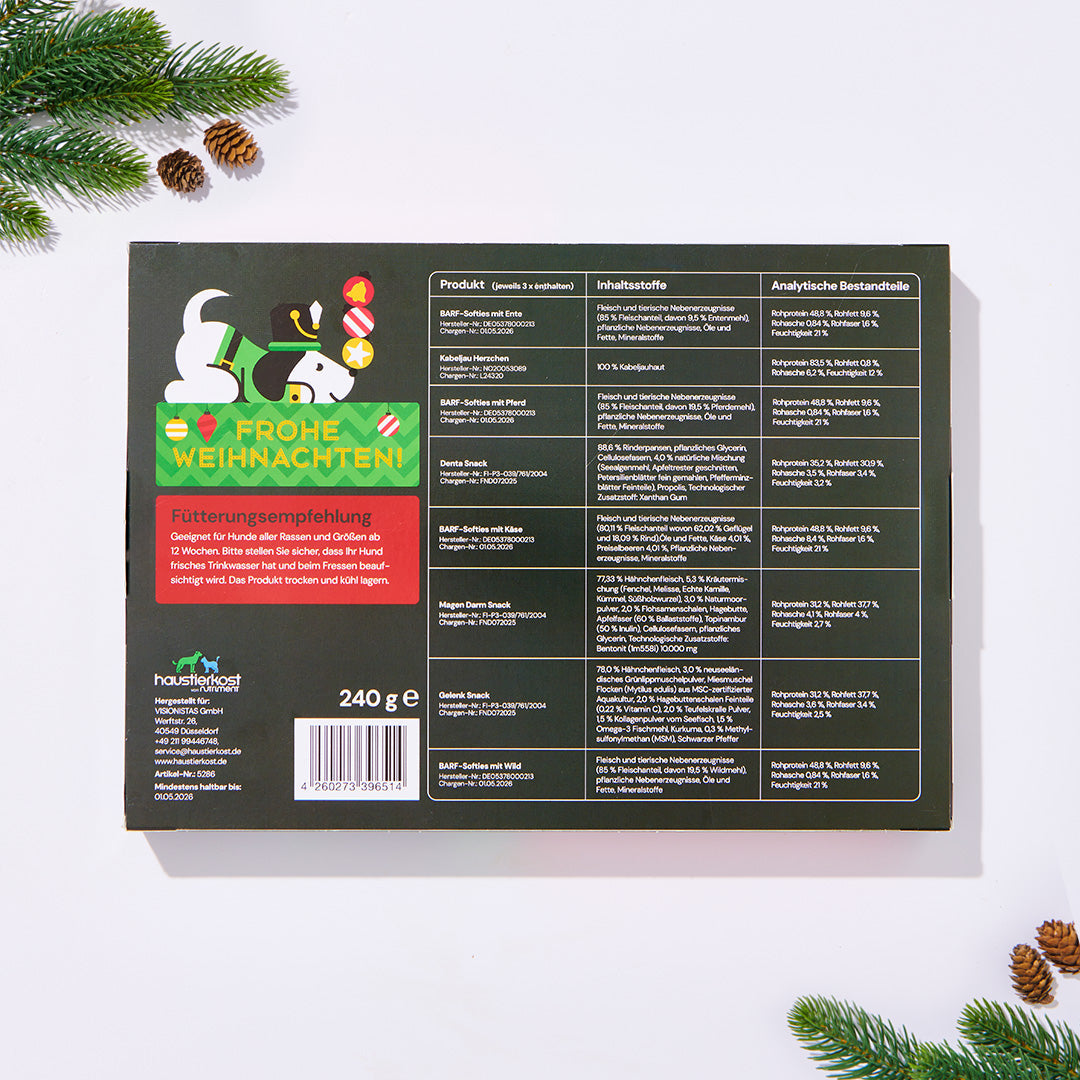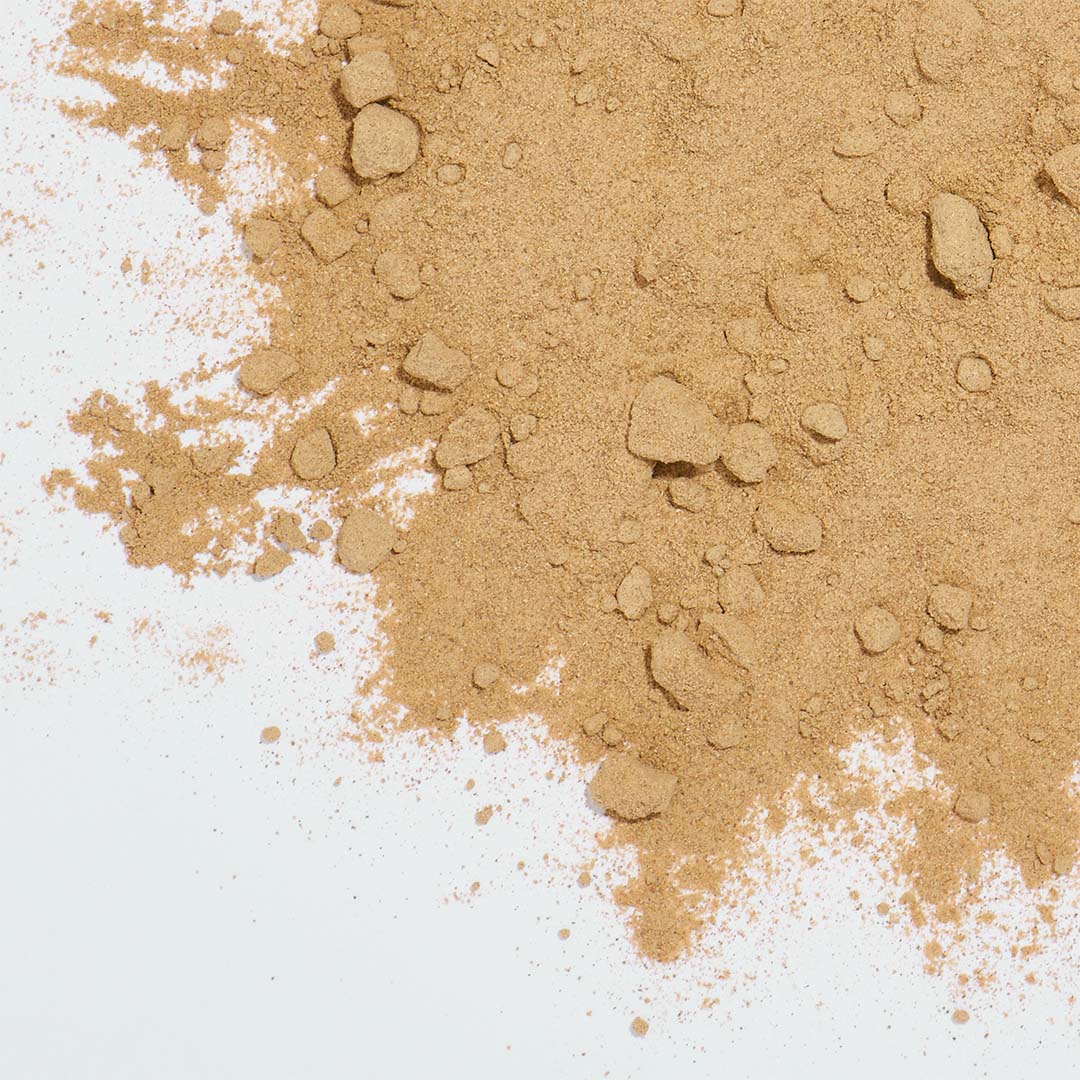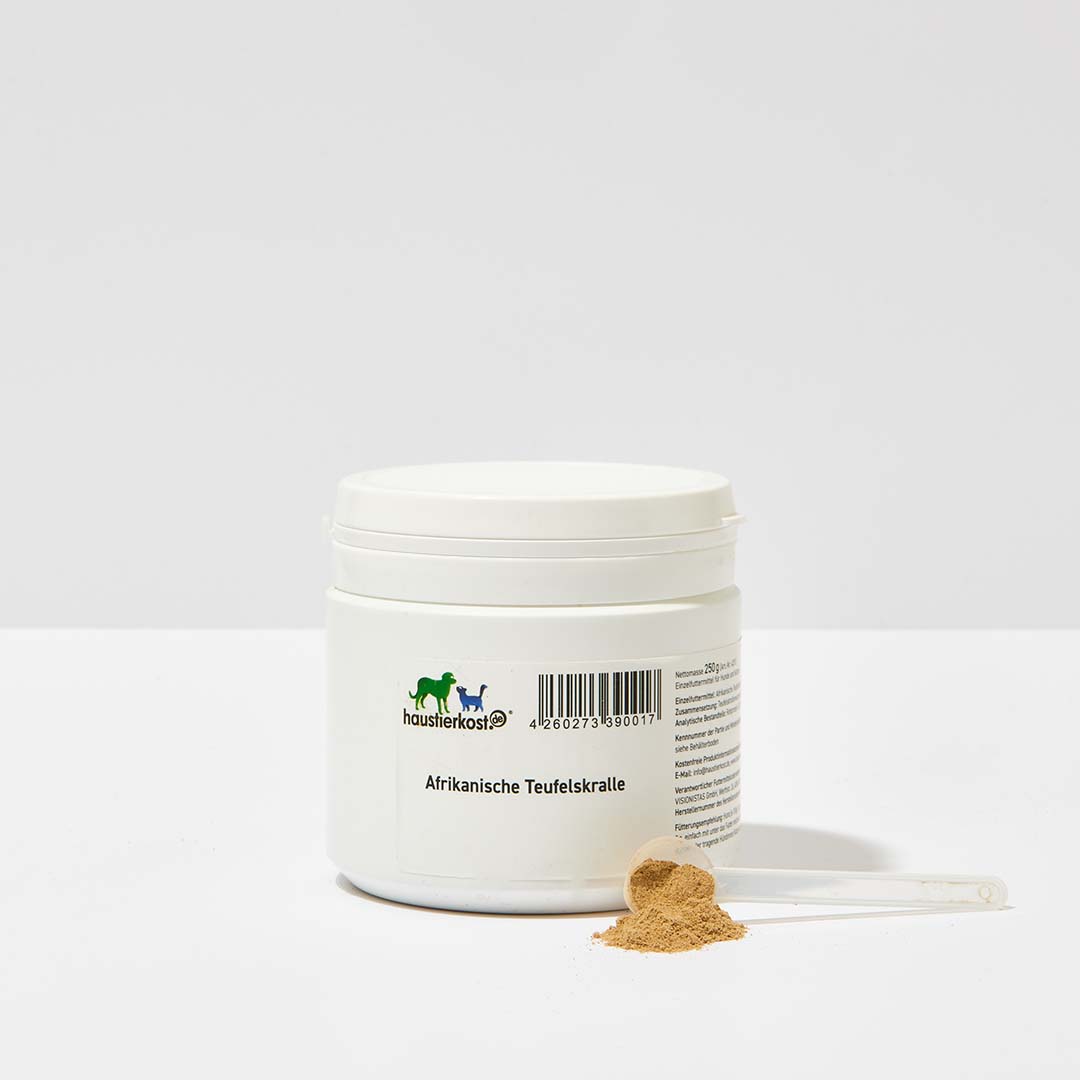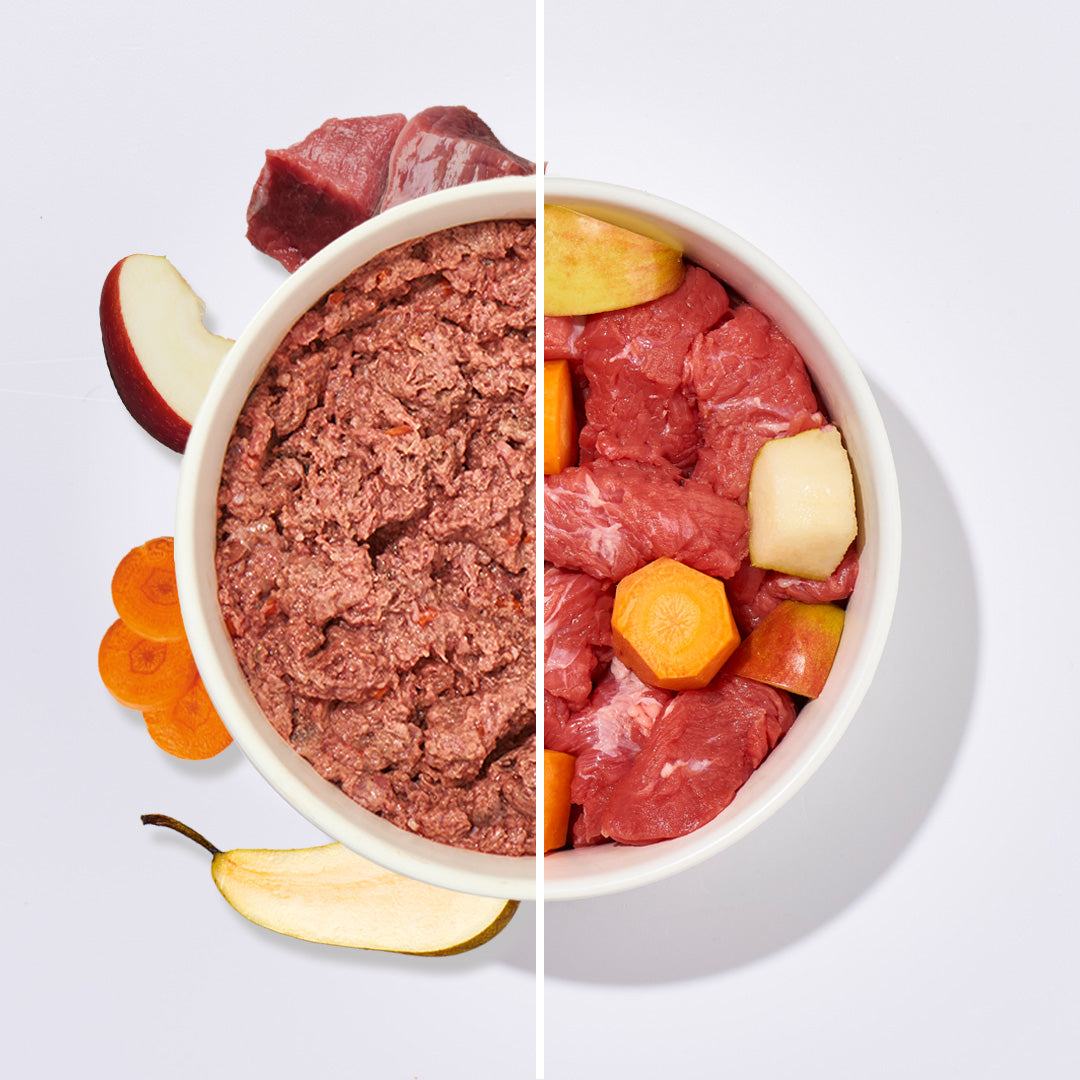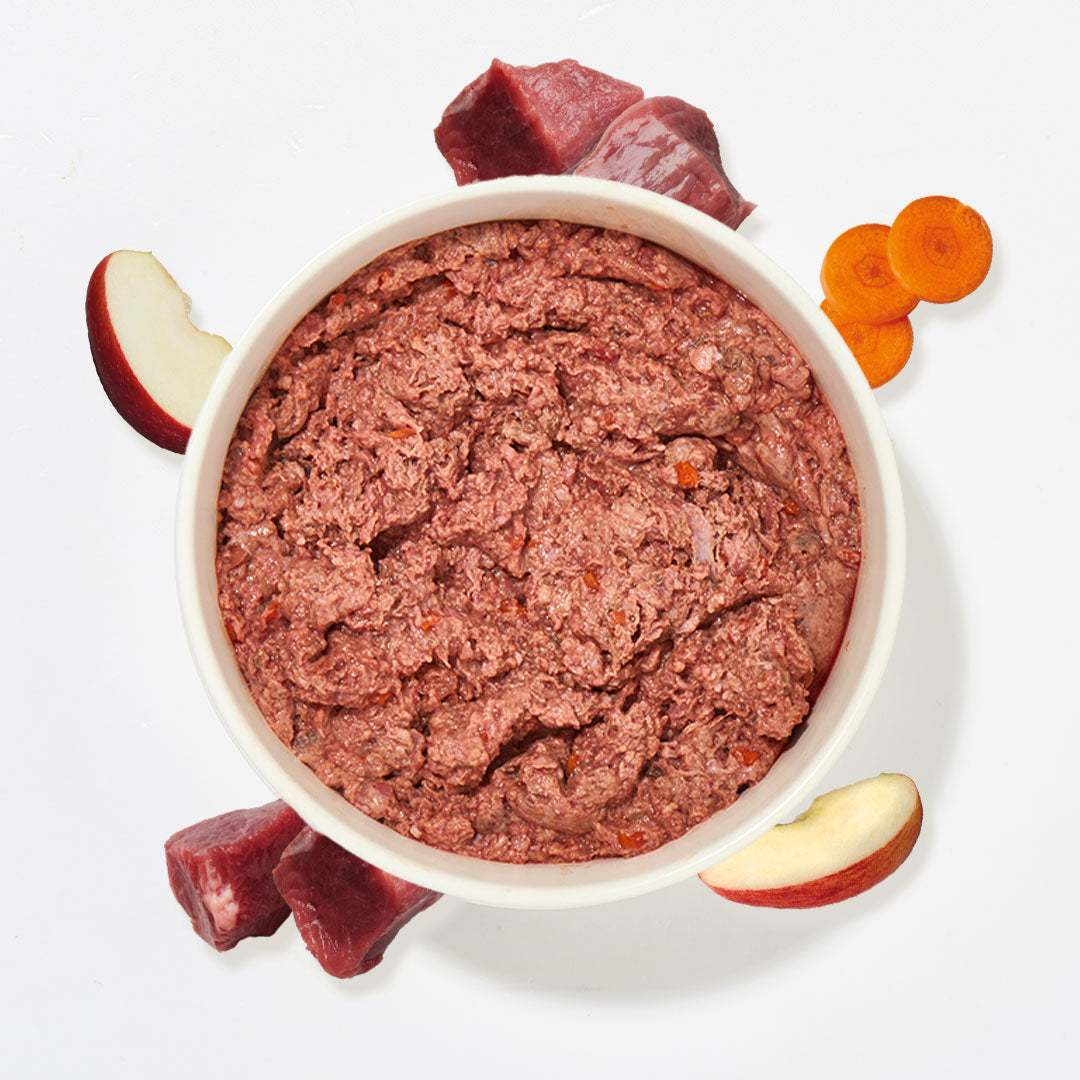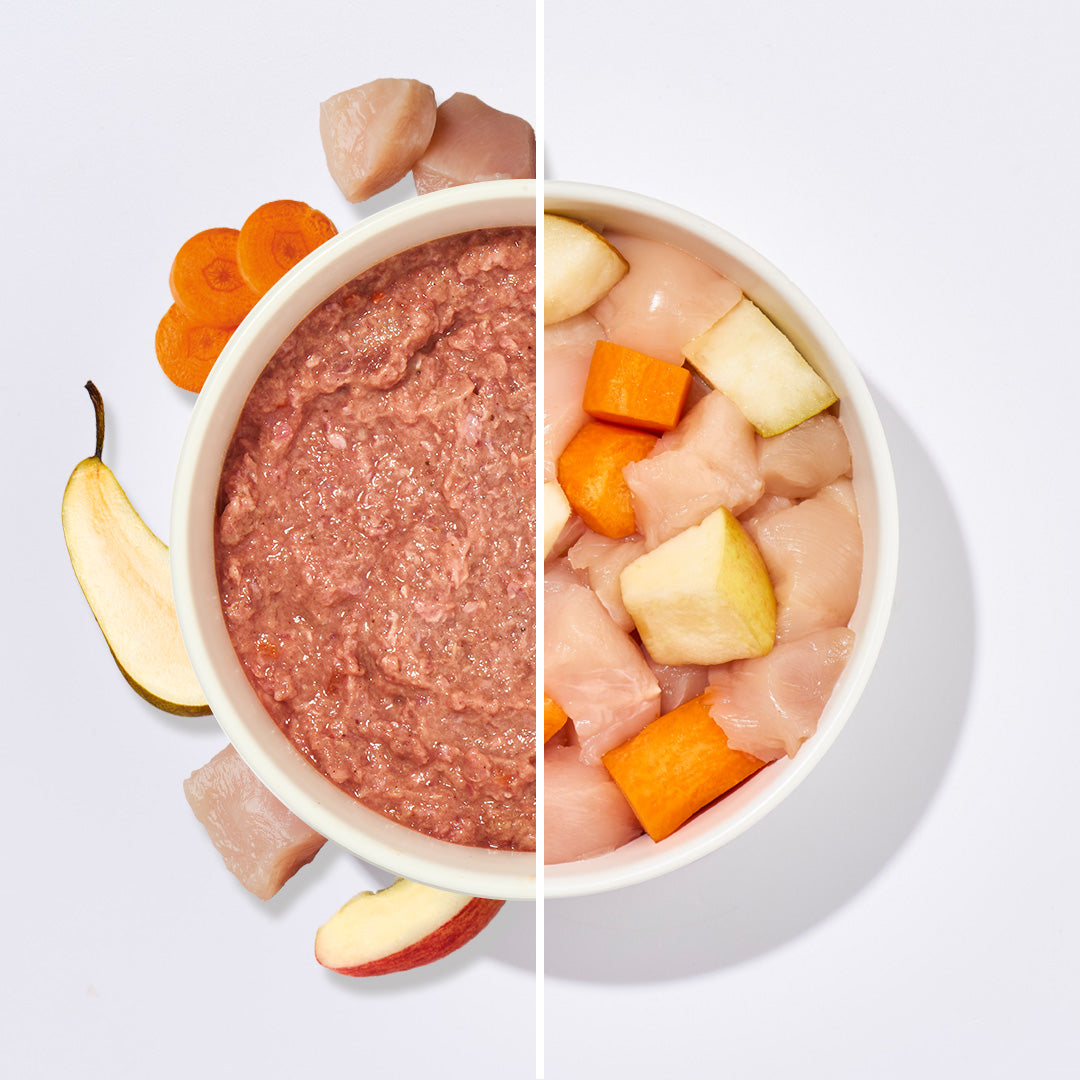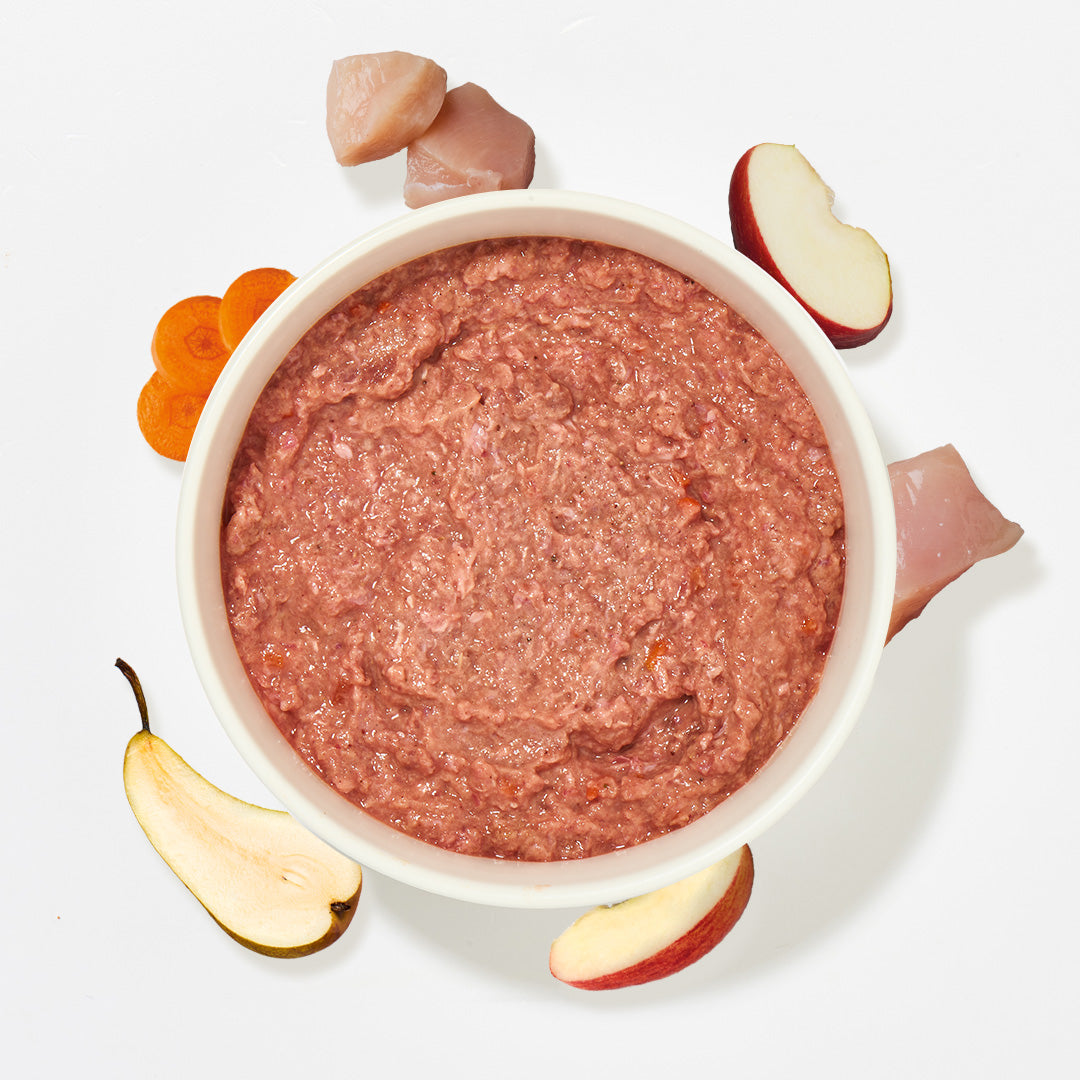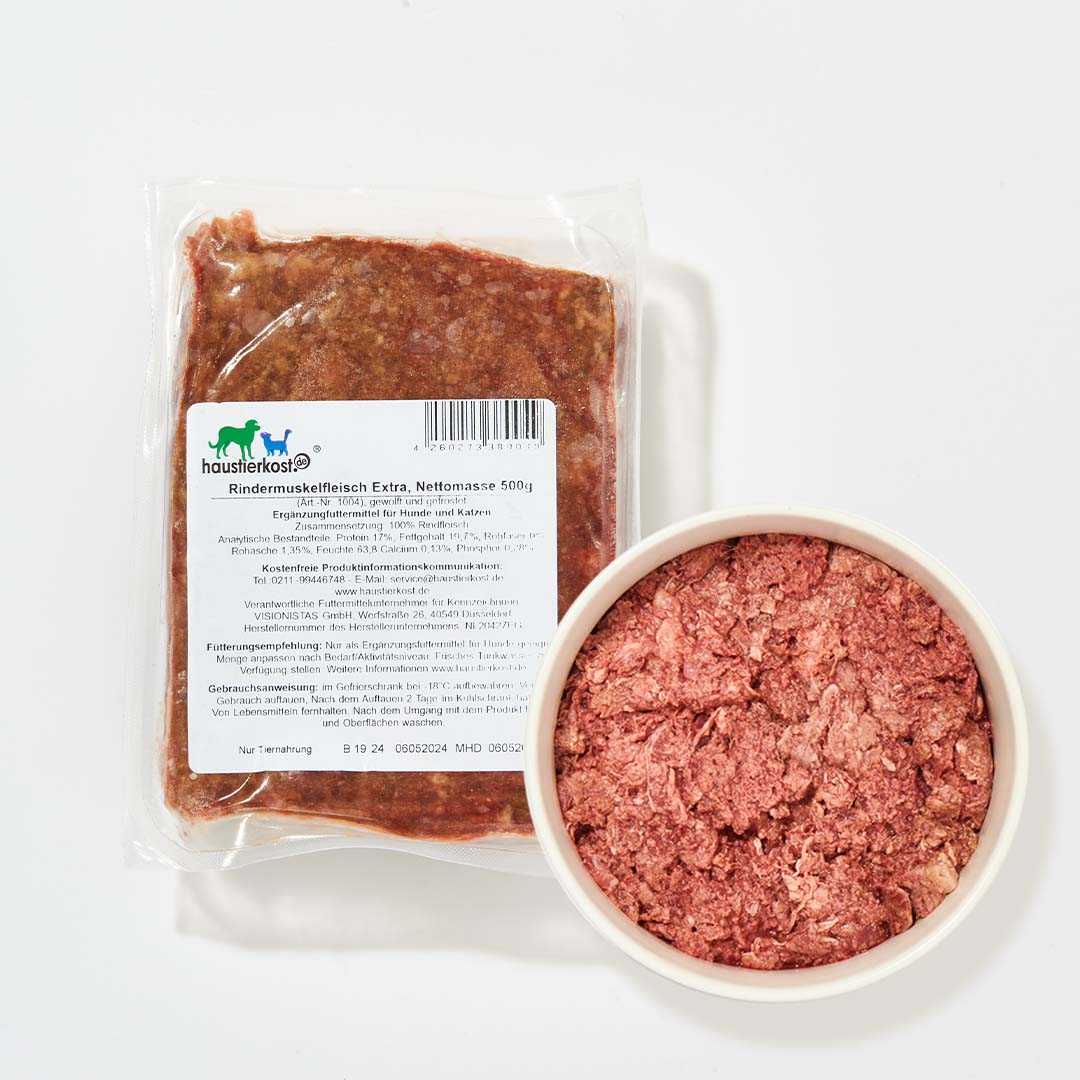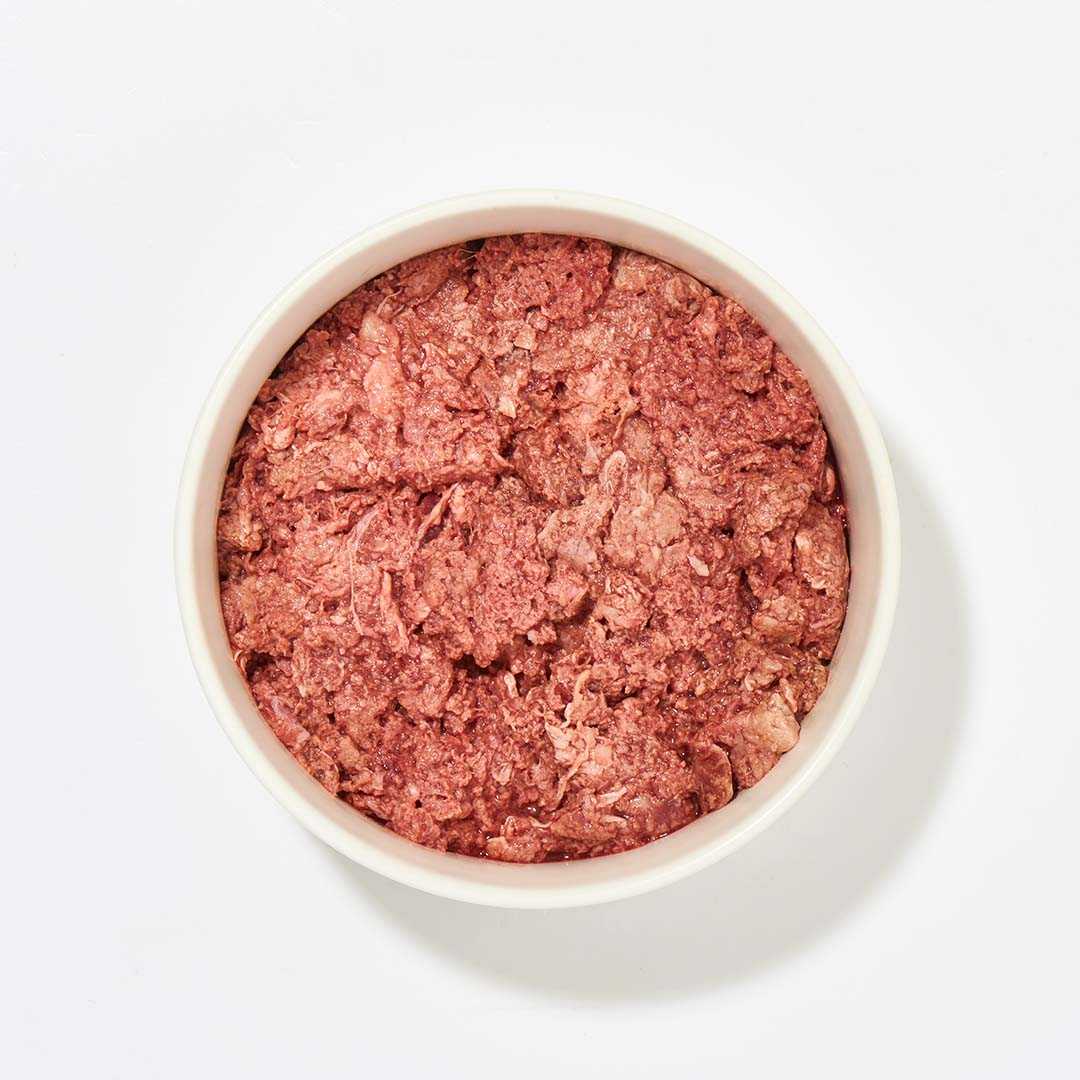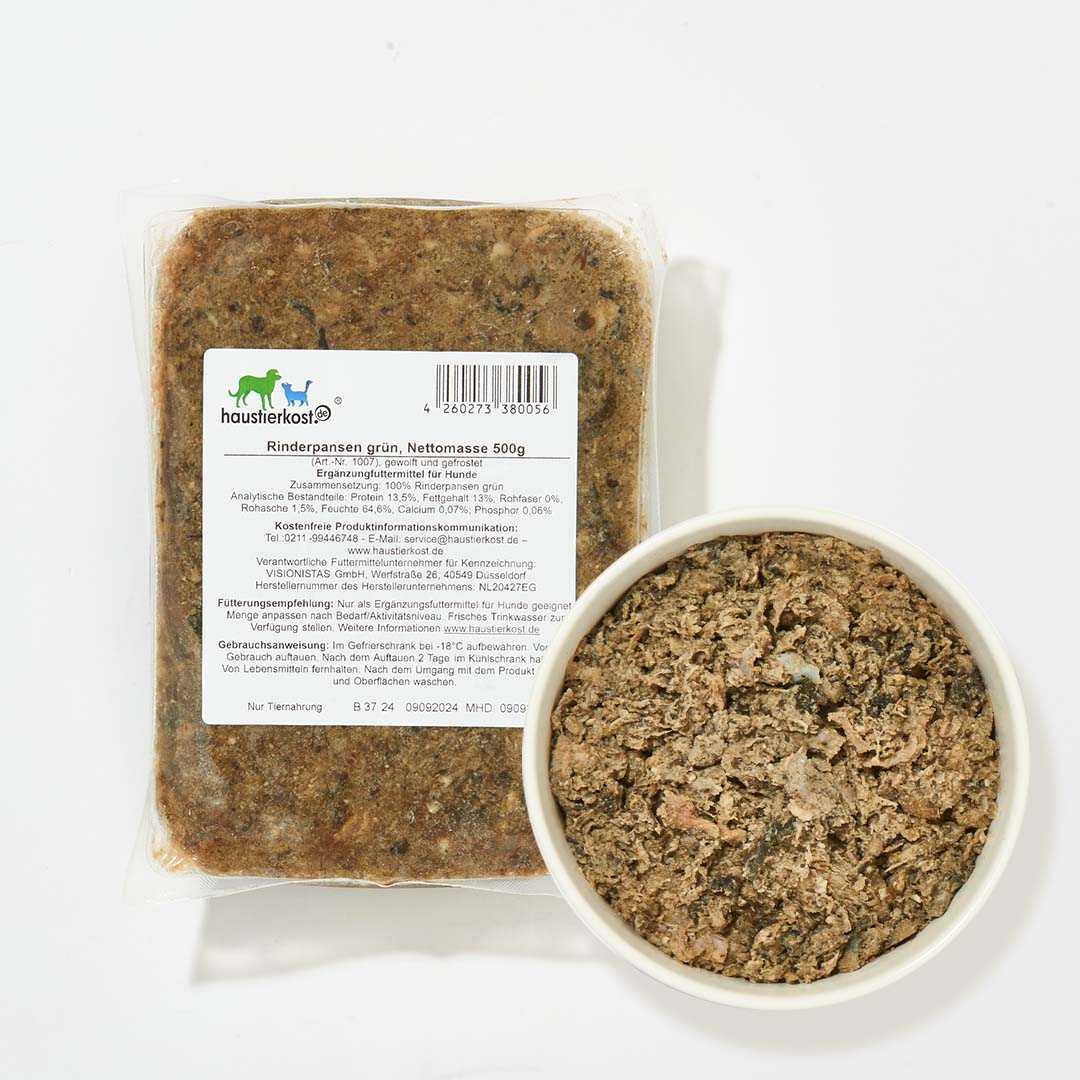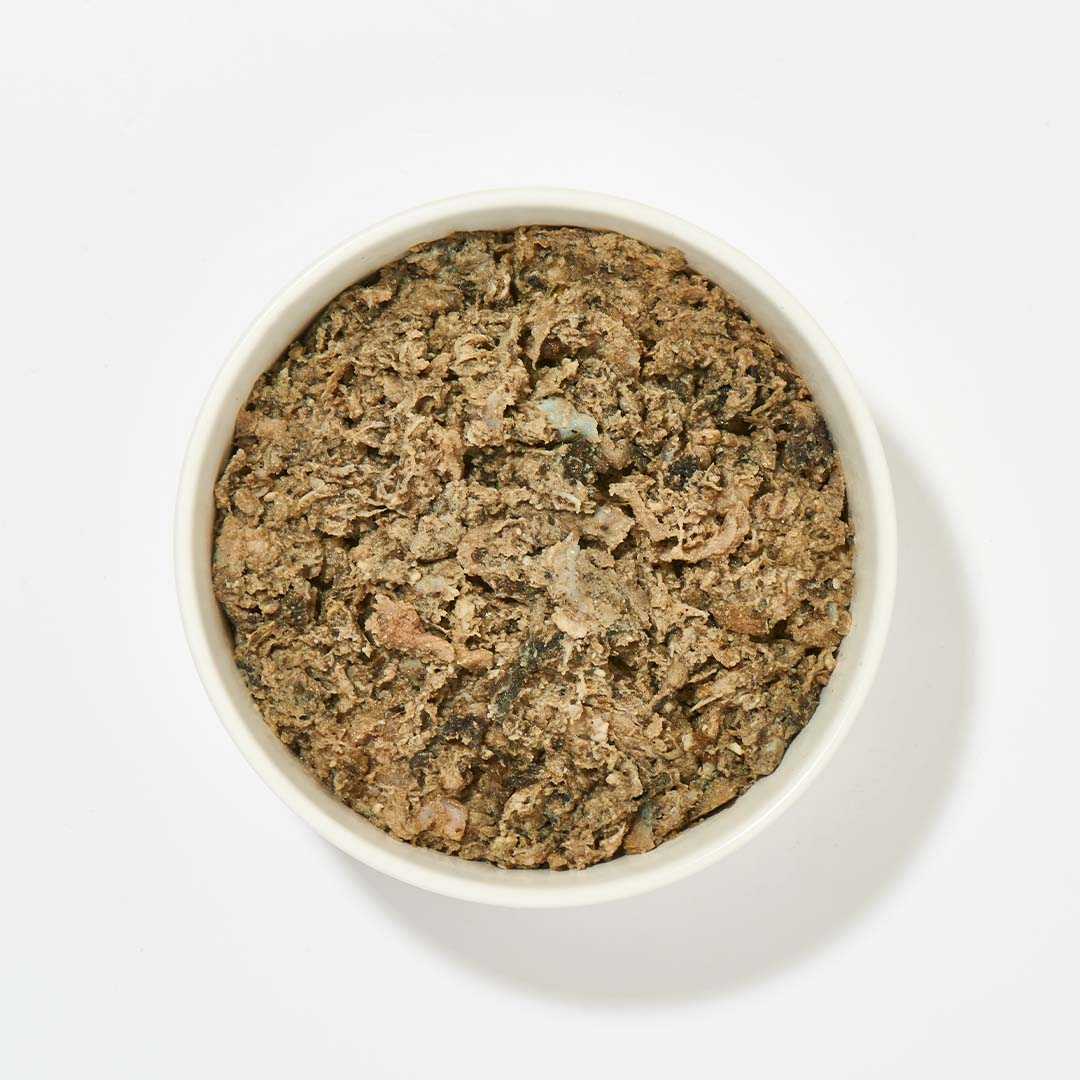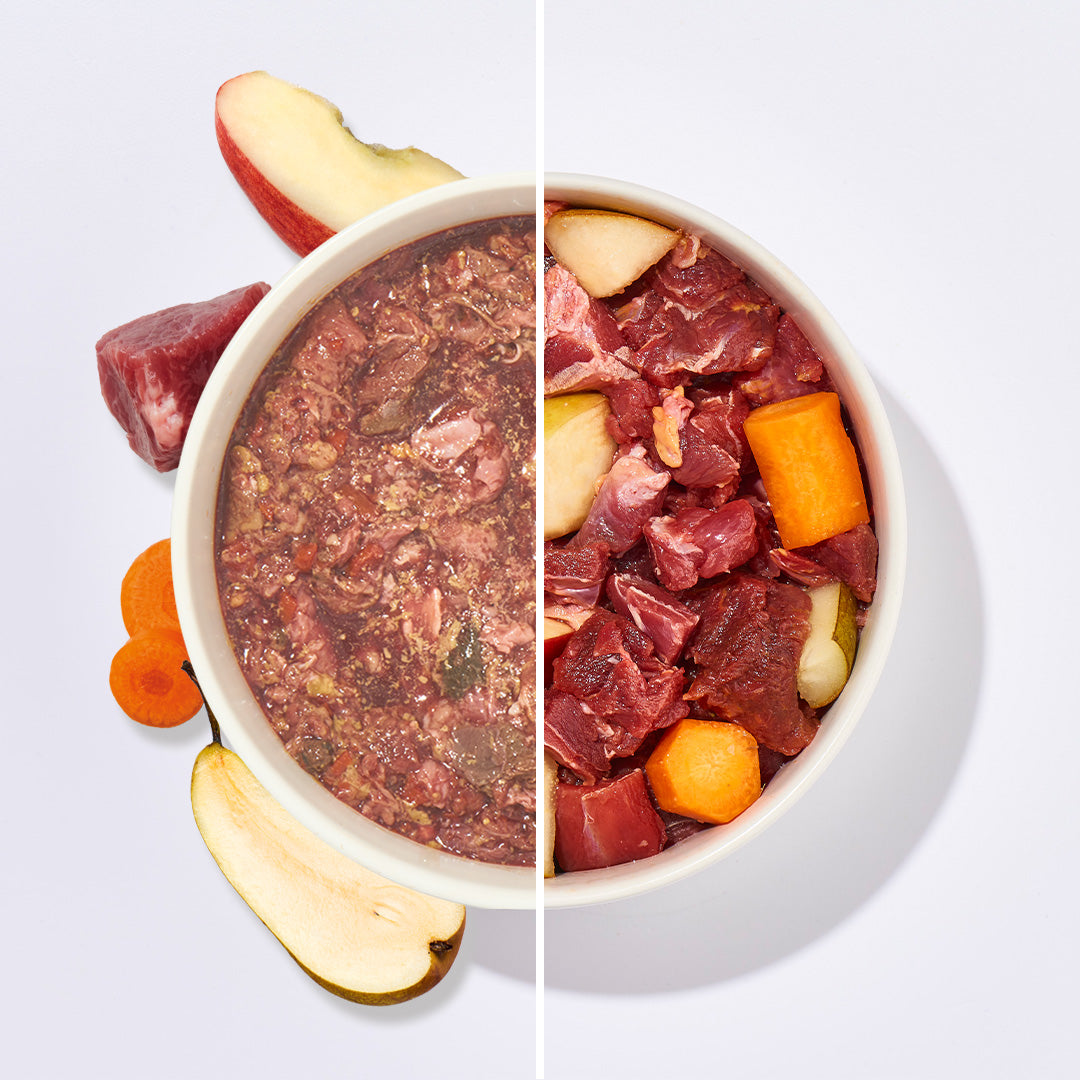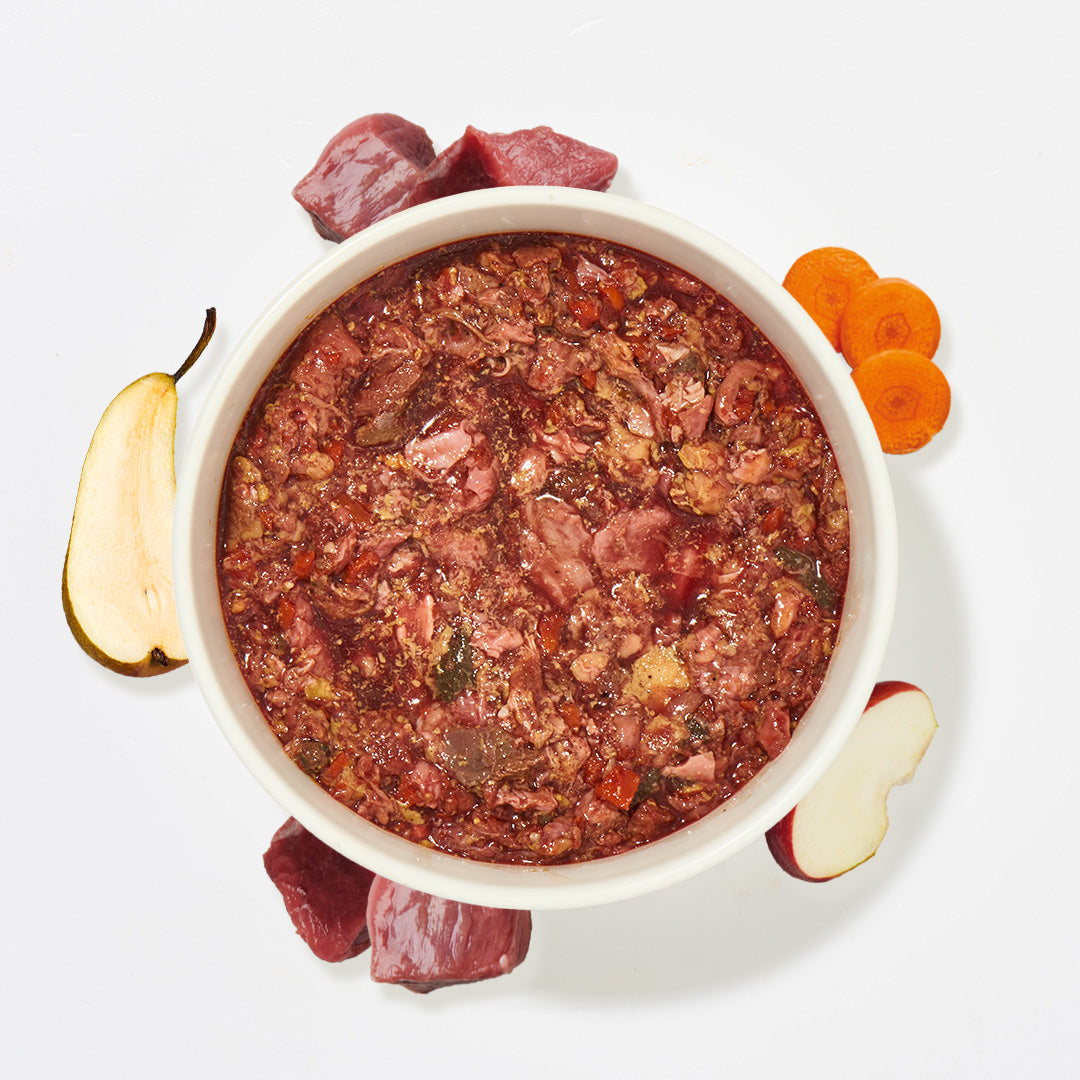If you want to bathe your dog, regular bathing sessions are recommended depending on the breed, the length of its fur and other factors. However, this does not apply to every dog and for many breeds, excessive bathing can even be harmful. Read this article to find out which dog breeds you can bathe regularly without any problems and what else you need to consider on this topic.
Do you have to bathe dogs – and how often?
The question "Do you have to bathe dogs?" is particularly important for people who are keeping a dog for the first time. Under certain circumstances, every dog should be bathed once. Particularly with long-haired dogs, very dirty and/or matted fur is a good reason for a quick trip into the shower or bathtub. Strong odors, flaky fur and parasite infestation can also make it essential to wash the dog. If a bath is recommended for medical reasons, you should first clarify the procedure at a veterinary practice.
However, most dogs should not be bathed regularly, as bathing too often damages the sensitive protective film of the skin beneath the fur. Frequent showering or bathing is also rarely good for the fur, as it dries very slowly on its own and if you dry it carelessly, for example with a hairdryer, the sensitive hair can quickly become damaged.
Bathing your dog: the right water temperature and shampoo
Not too hot, not too cold - when you bathe your dog, the right water temperature is important so as not to frighten the dog and to make the procedure as comfortable as possible. 28 to 30 °C should be enough to start with to determine whether your dog can handle this temperature.
In addition to the water temperature, you should of course choose the right dog shampoo. There are various shampoos and care sprays that help with dog care , for example for sensitive dogs or puppies. A non-slip mat or other surface should also be in the shower or bathtub so that the dog cannot slip. You can also place a towel in front of it to soak up wet water after the bath. Finally, a grooming brush or a sturdy fur brush and other towels should be ready.

Bathing a dog: the right steps
Once everything is ready, you can lift or lead the dog into the bath or shower. Adjust the water temperature and let the water jet gently move from the paws upwards over the dog's body. You should initially avoid the sensitive ears and head so that no water collects in the auricle or ear canal. This is very unpleasant for dogs and can easily lead to infections.
If the fur is wet, start by rubbing in the shampoo. Make sure that the fur is evenly lathered. The dog's head can be gently cleaned with wet hands. Once the shampoo has taken effect (possibly after a short wait), wash it completely out of the fur. Only when there are no more shampoo residues can you carefully pat the dog dry in the bath or shower. Once the initial wetness has been removed, rub the dog down again outside of the bath or shower with a new towel.
There are different ways to completely dry your dog. In summer, a spot in the sun is usually enough; in winter, the dog can either lie next to the heater or be dried with a hairdryer on a low to medium setting. Only when the coat is completely dry should you brush it again. If your dog is currently shedding, you can use the opportunity to brush out the undercoat. There are special dog brushes for this.
Especially when it's cold outside, you should make sure that your dog doesn't go out into the fresh air until its fur is completely dry. After you wash your dog, it can take up to 24 hours without a hairdryer. If your dog goes outside with wet fur, there's a risk of hypothermia, just like with humans.
Wash your dog and add grooming
Once the dog has been washed, you can supplement the care with the dog shampoo, for example with special care products for the eyes, ears and paws. These measures complete the dog bath and ensure that the dog is clean and well-groomed. Eye care , claw care and paw care can help to ensure that the dog stays healthy in the long term or that any illnesses and developments are detected as quickly as possible. This also includes regular dental care for the dog , which can be encouraged by regularly feeding bones and cartilage , chew sticks and additional care, for example with special finger pads. You can of course find these products and more in the BARF shop at haustierkost.de.
